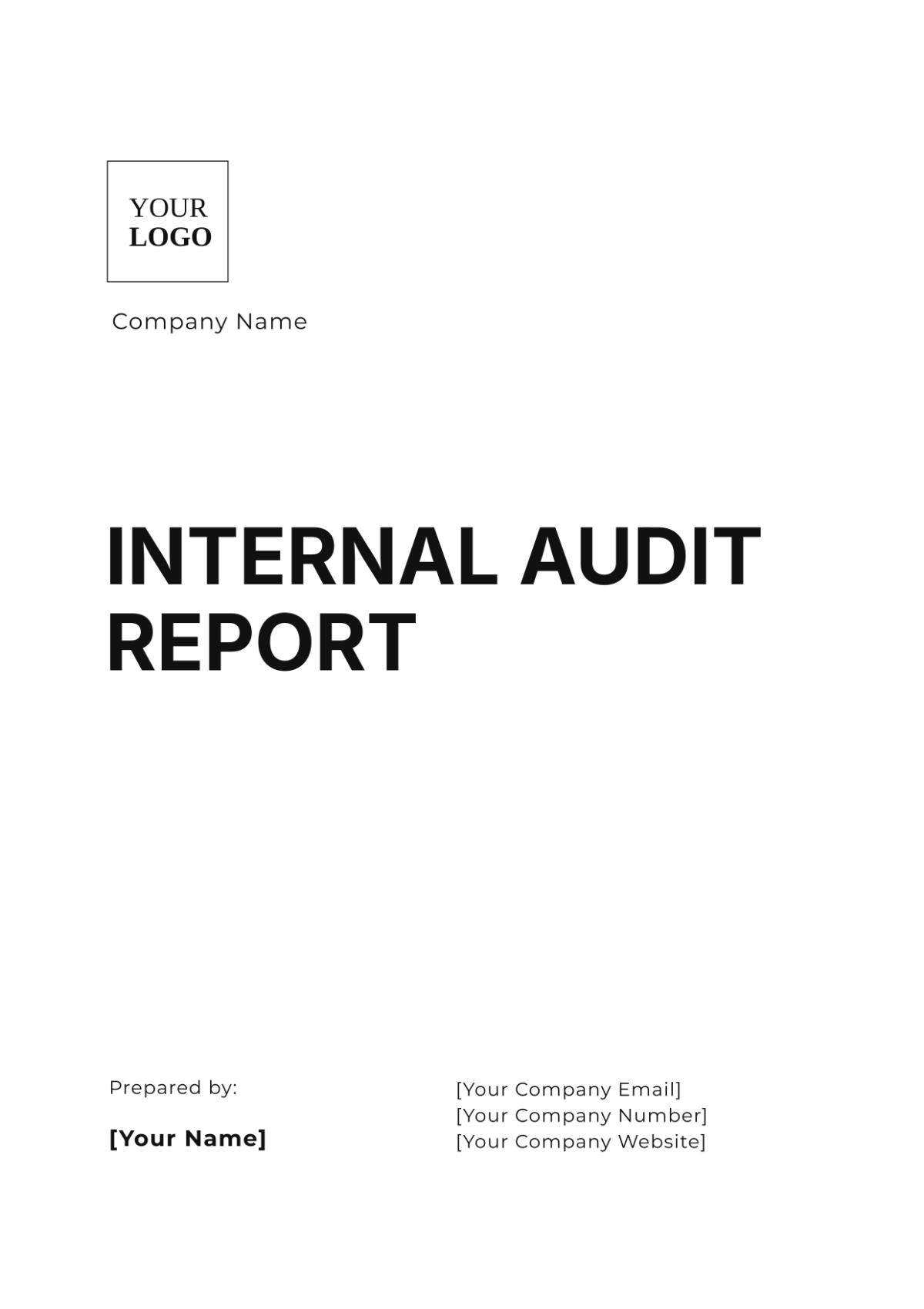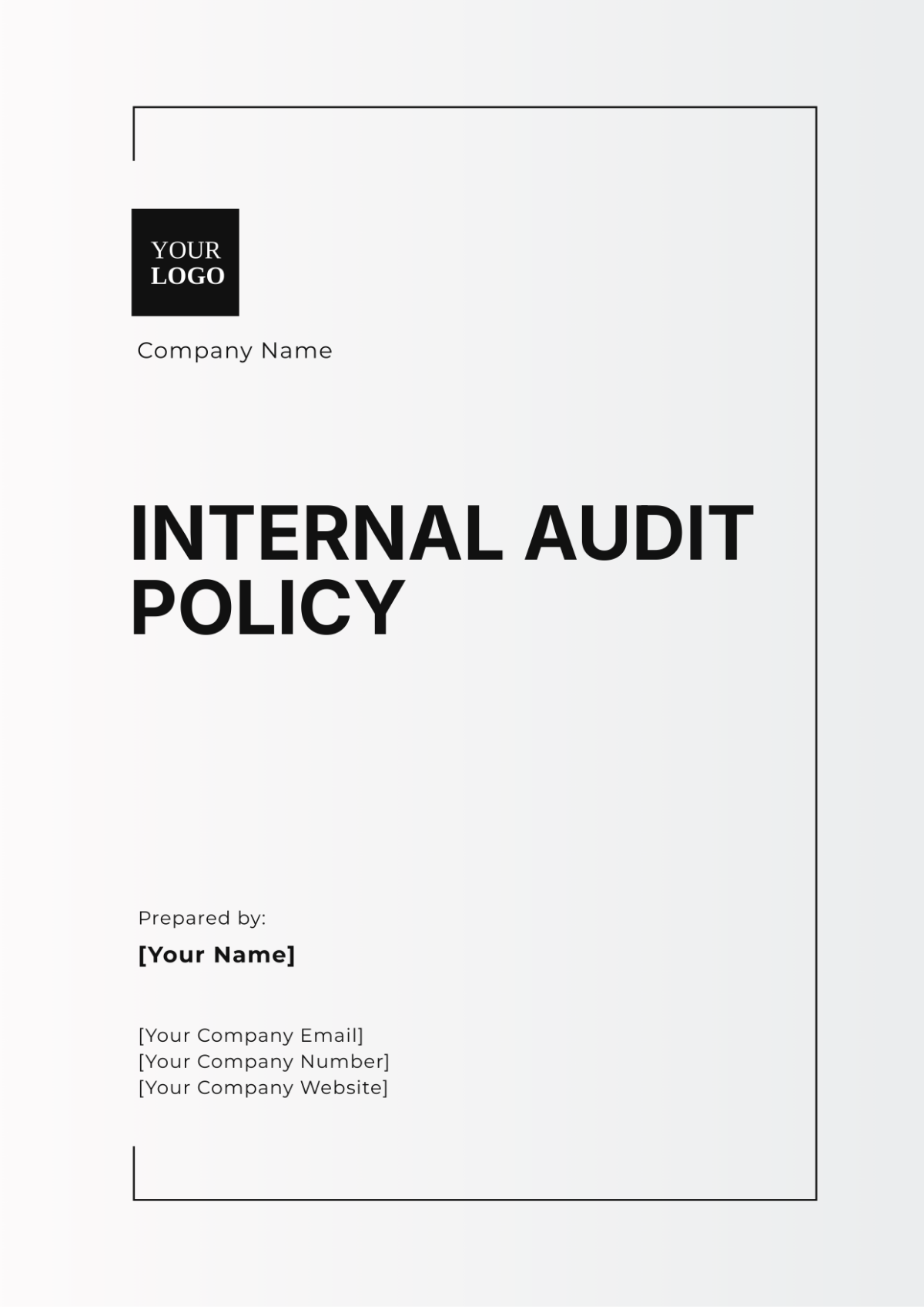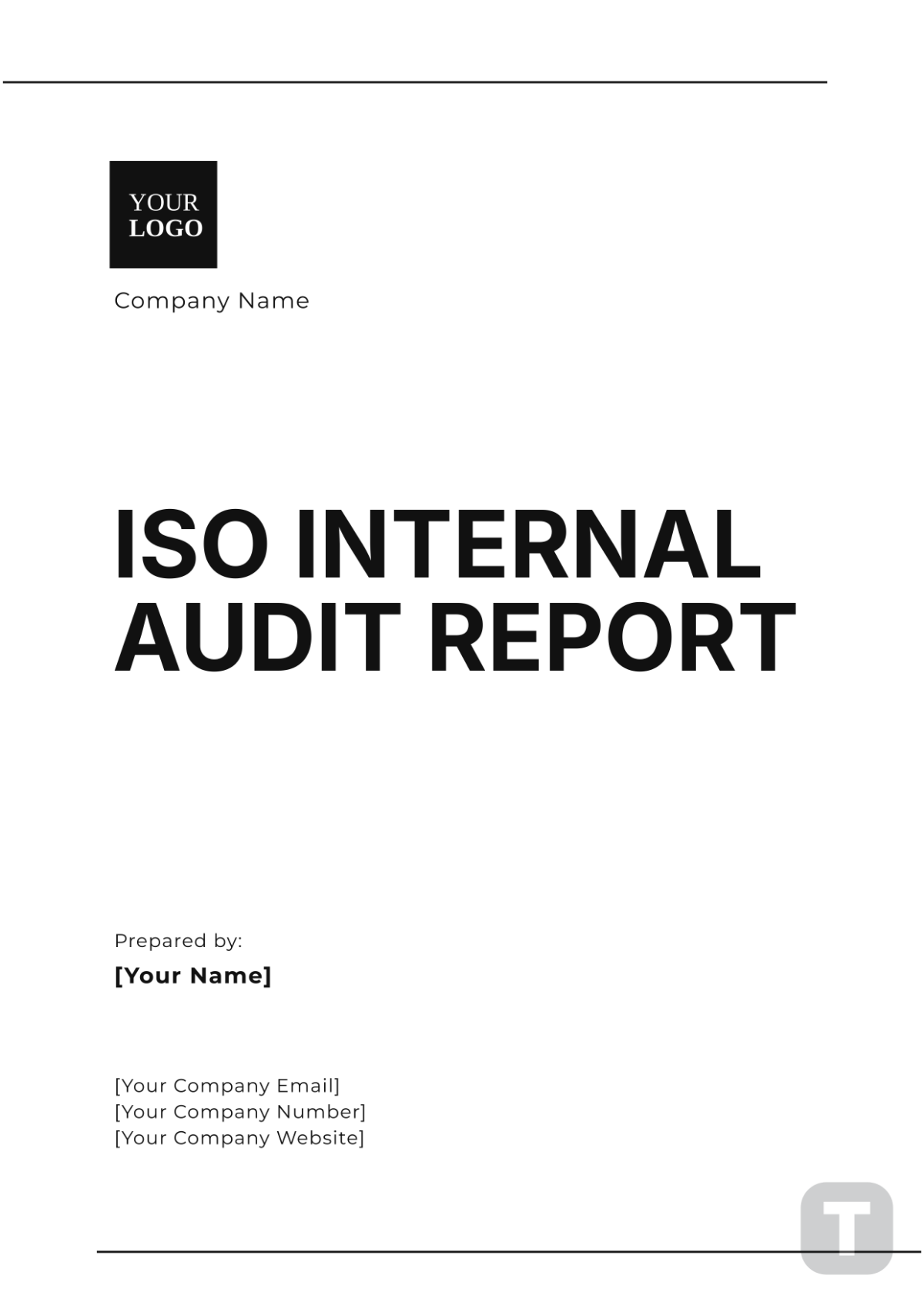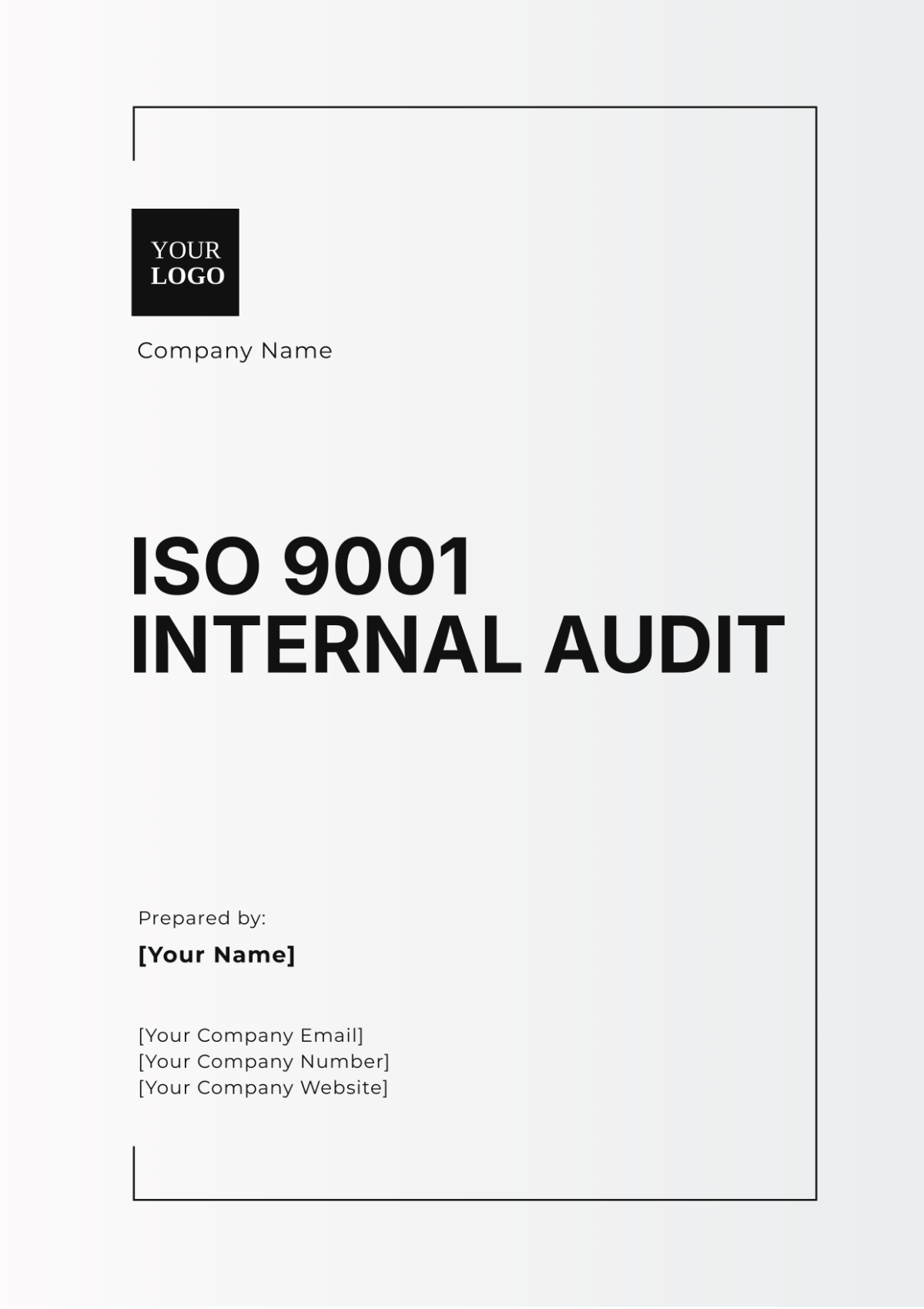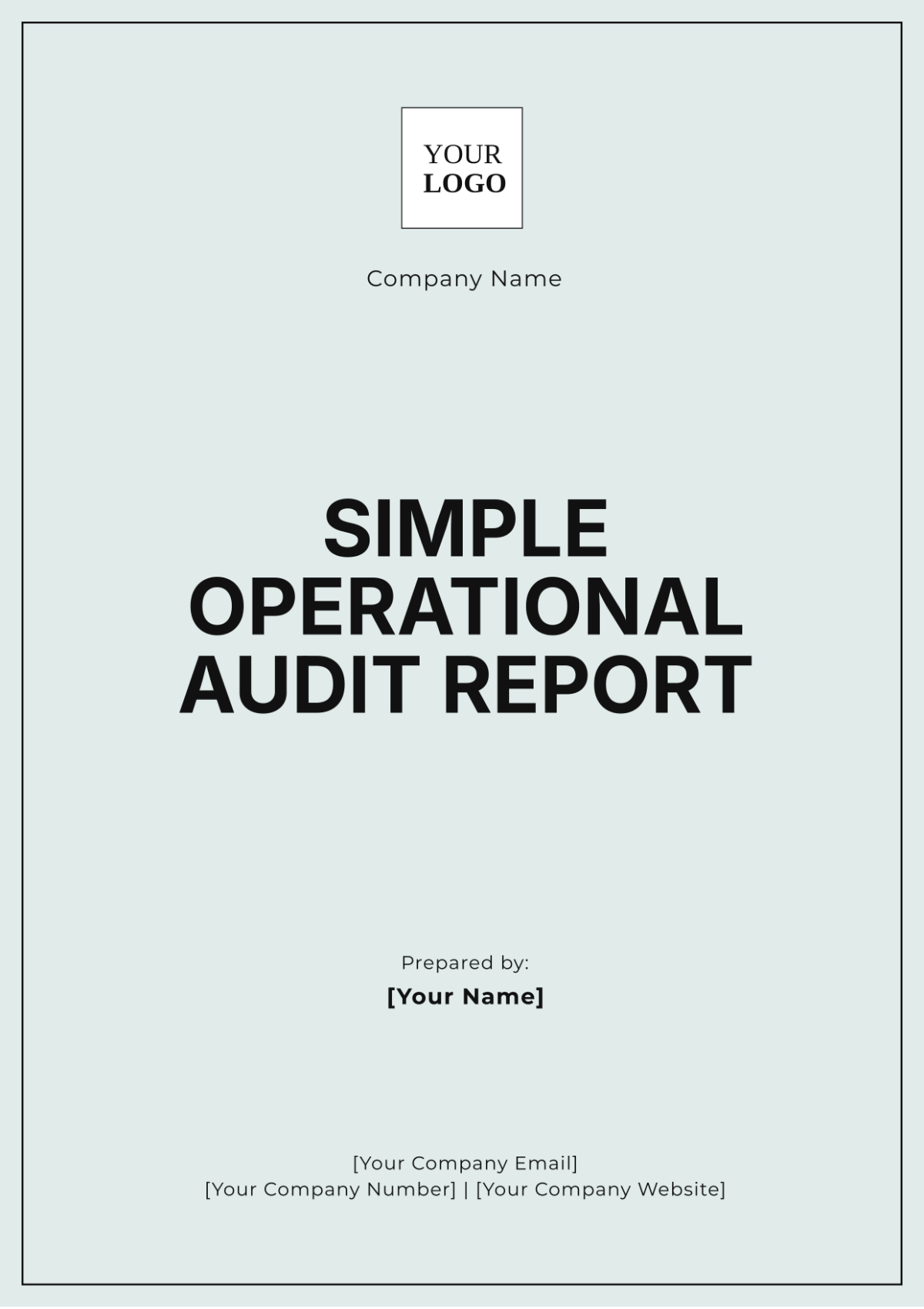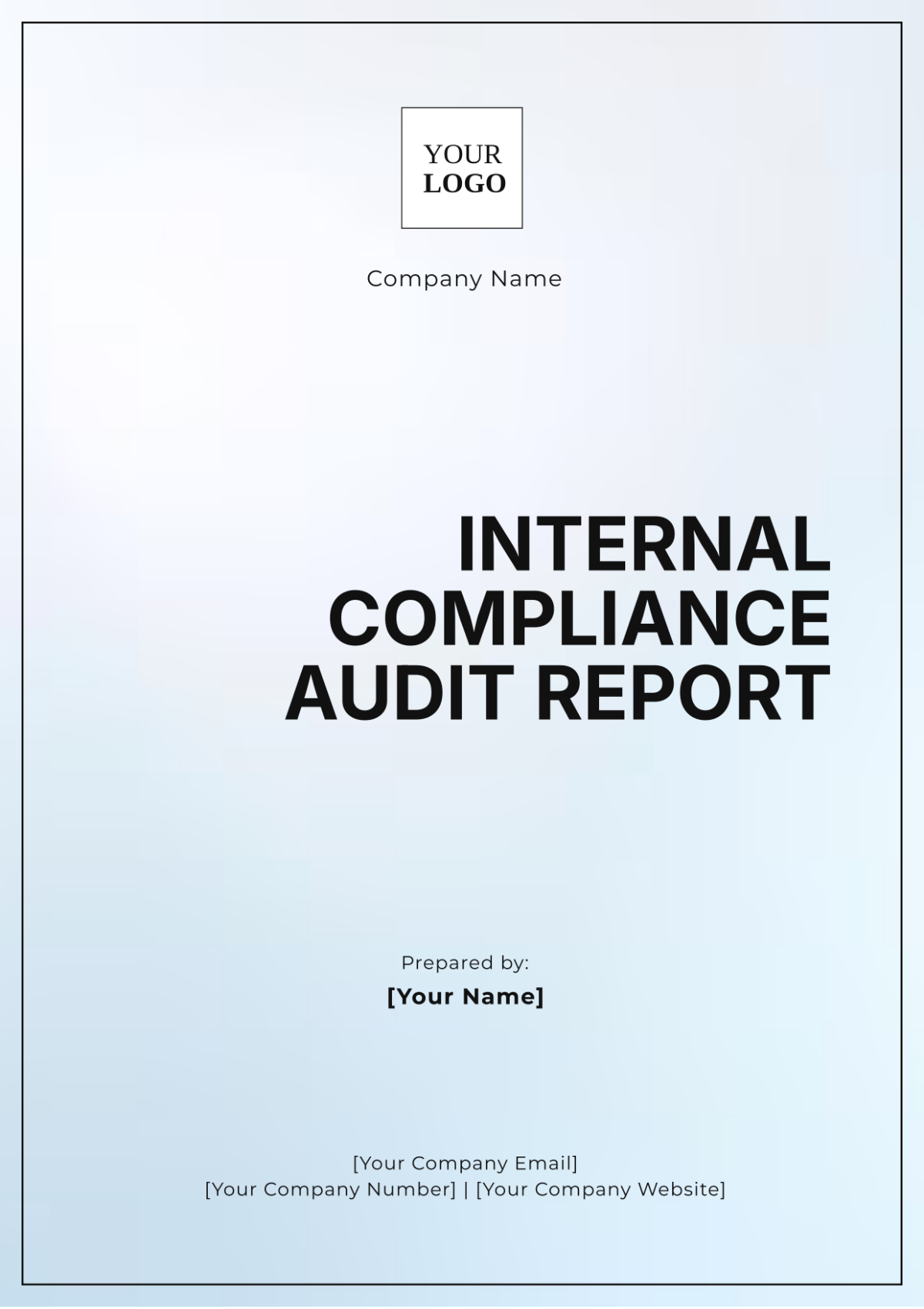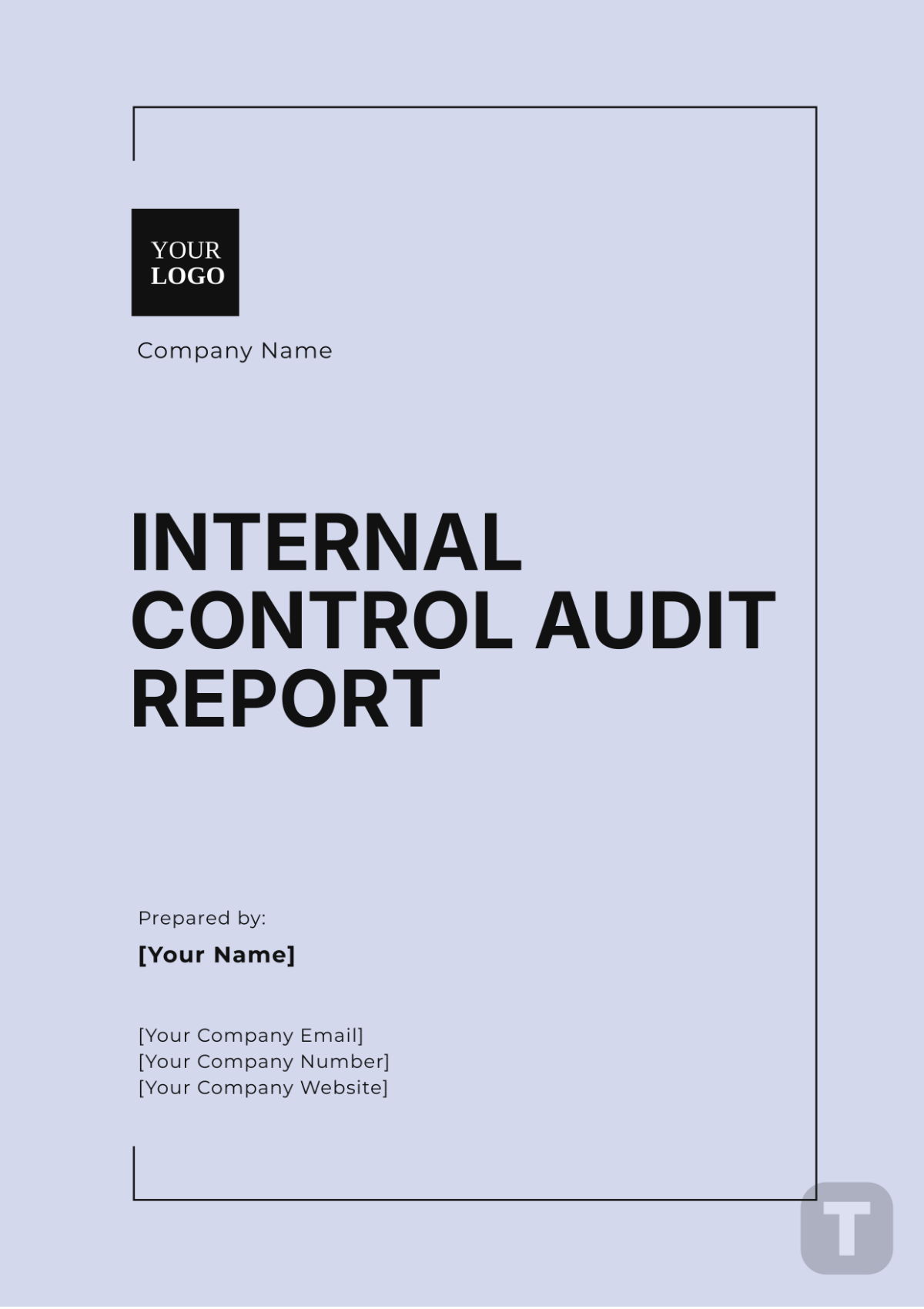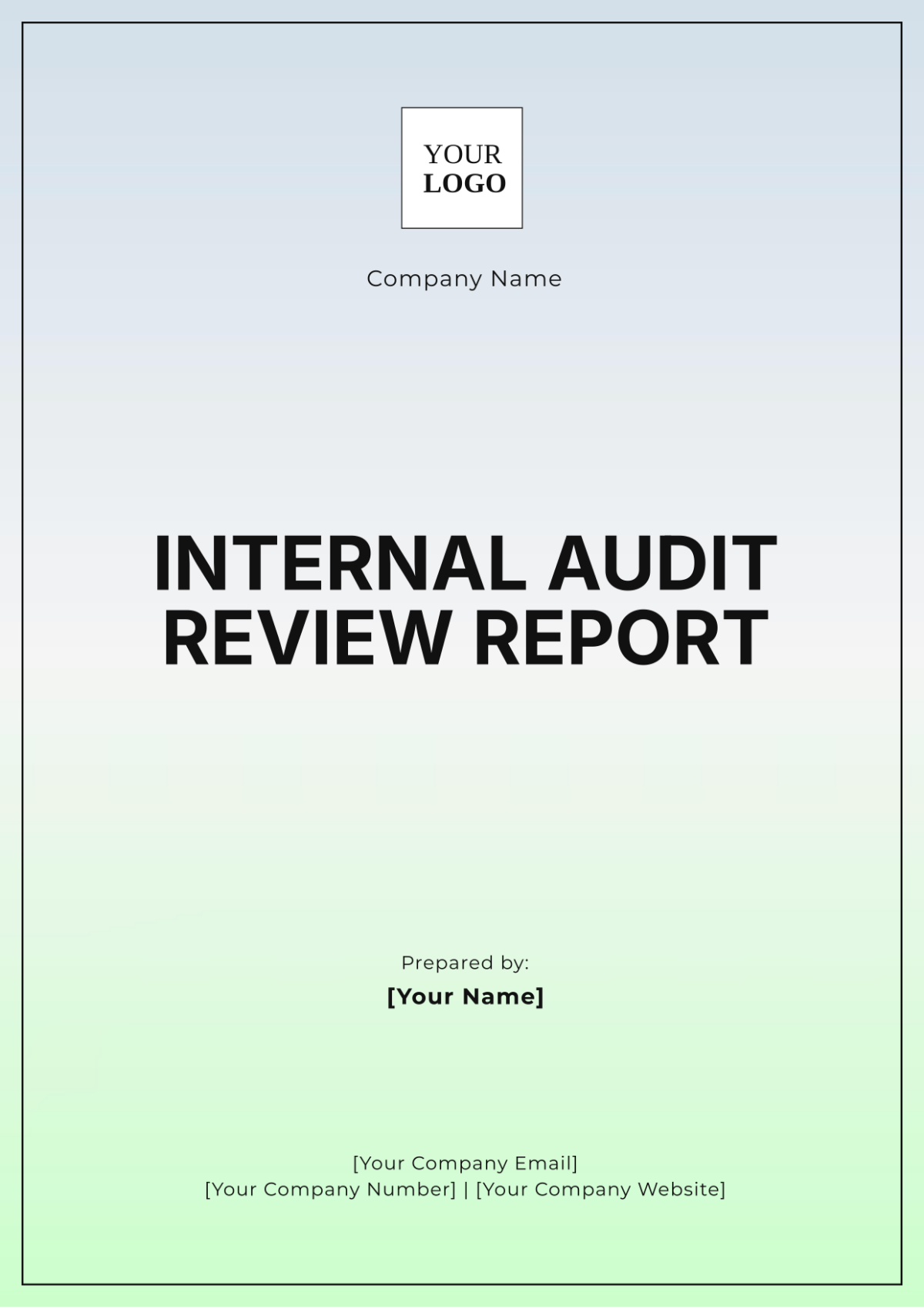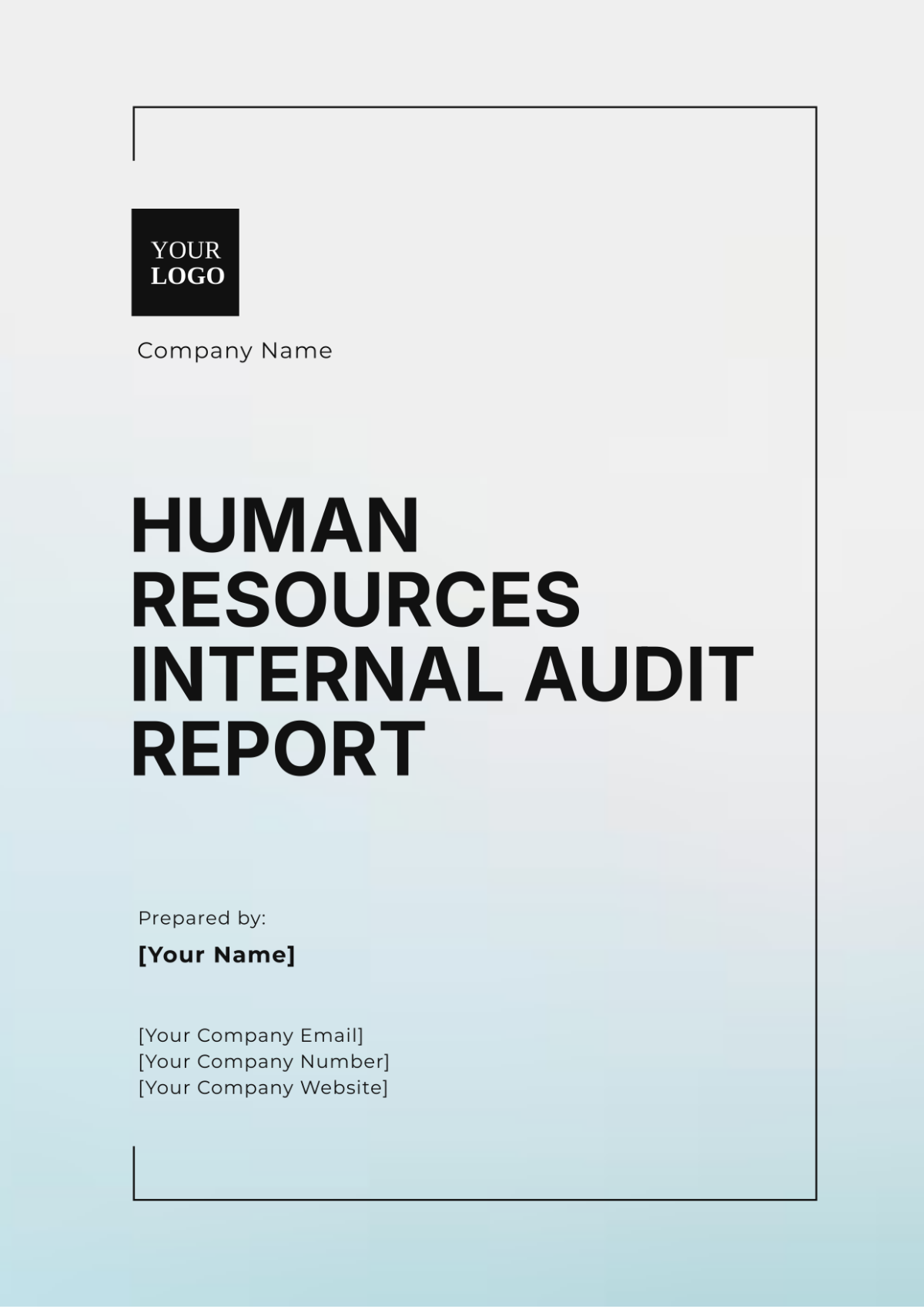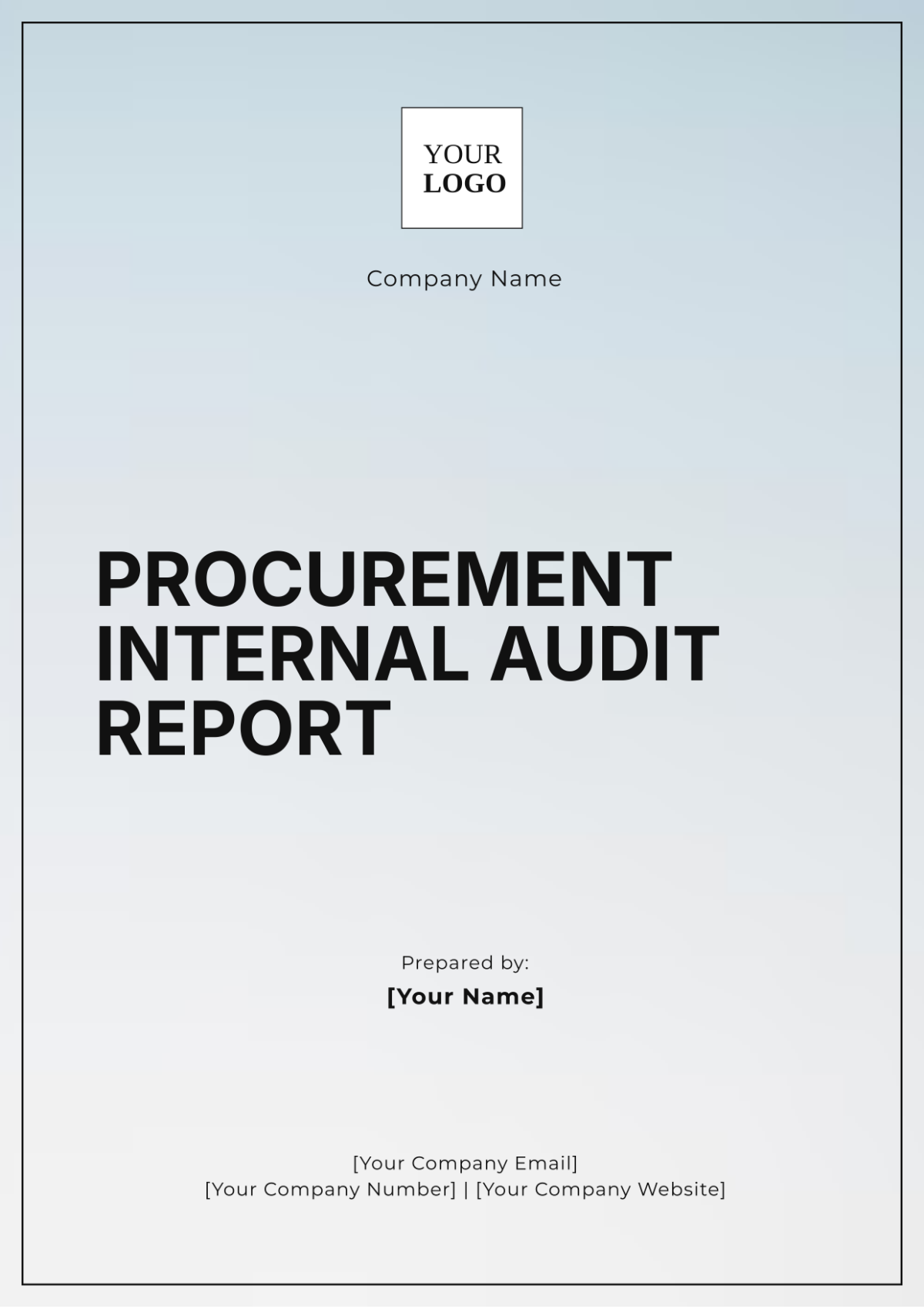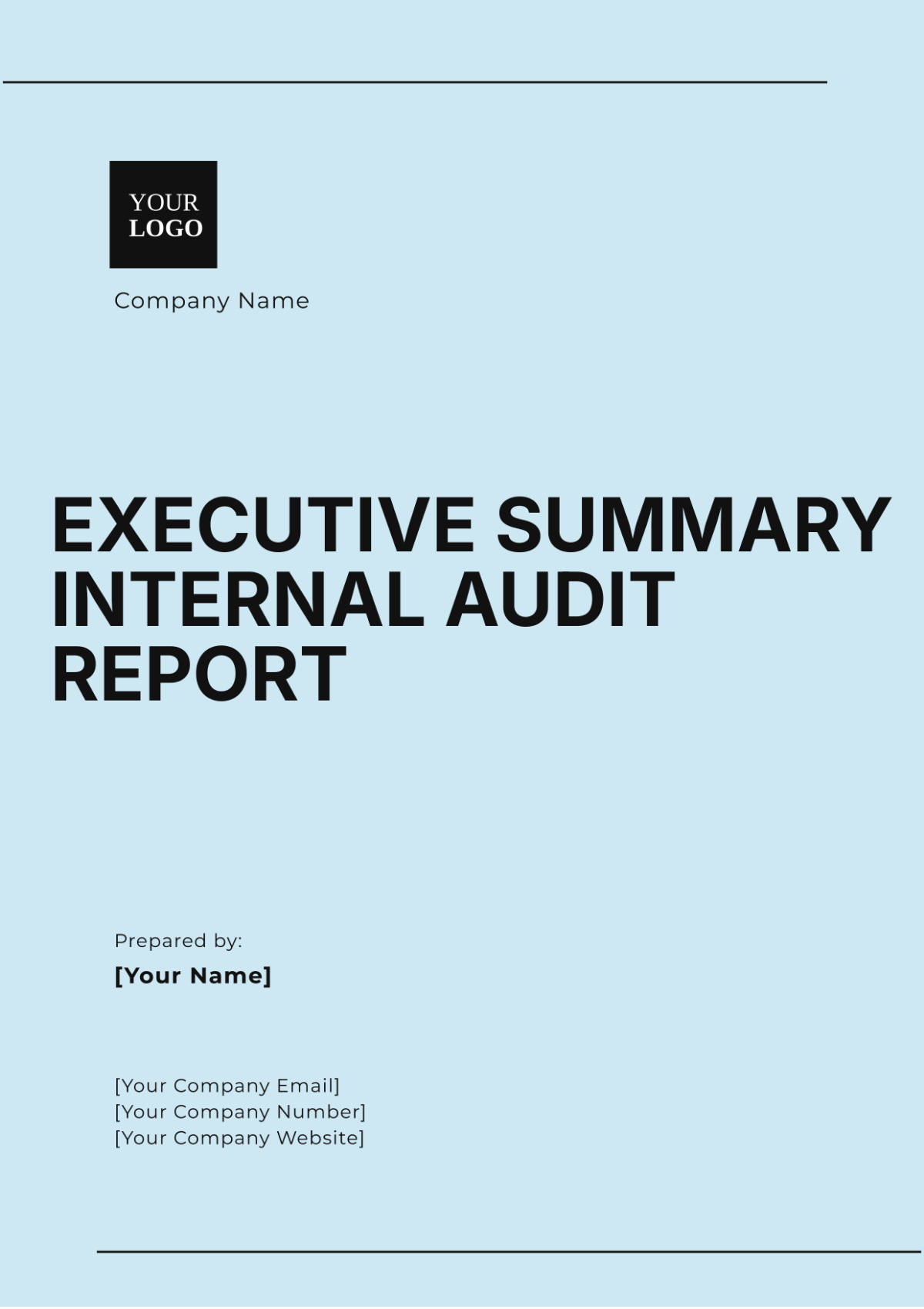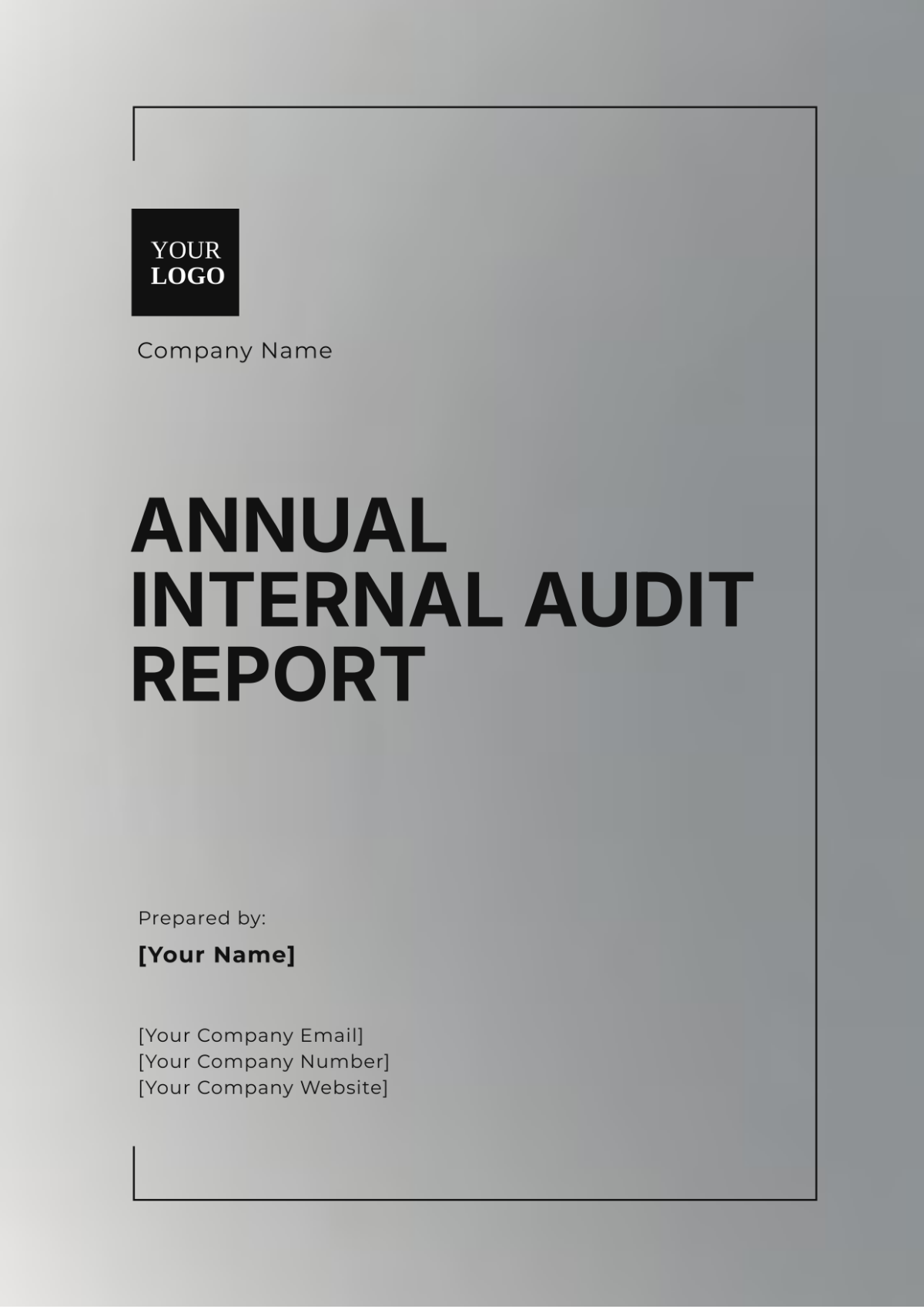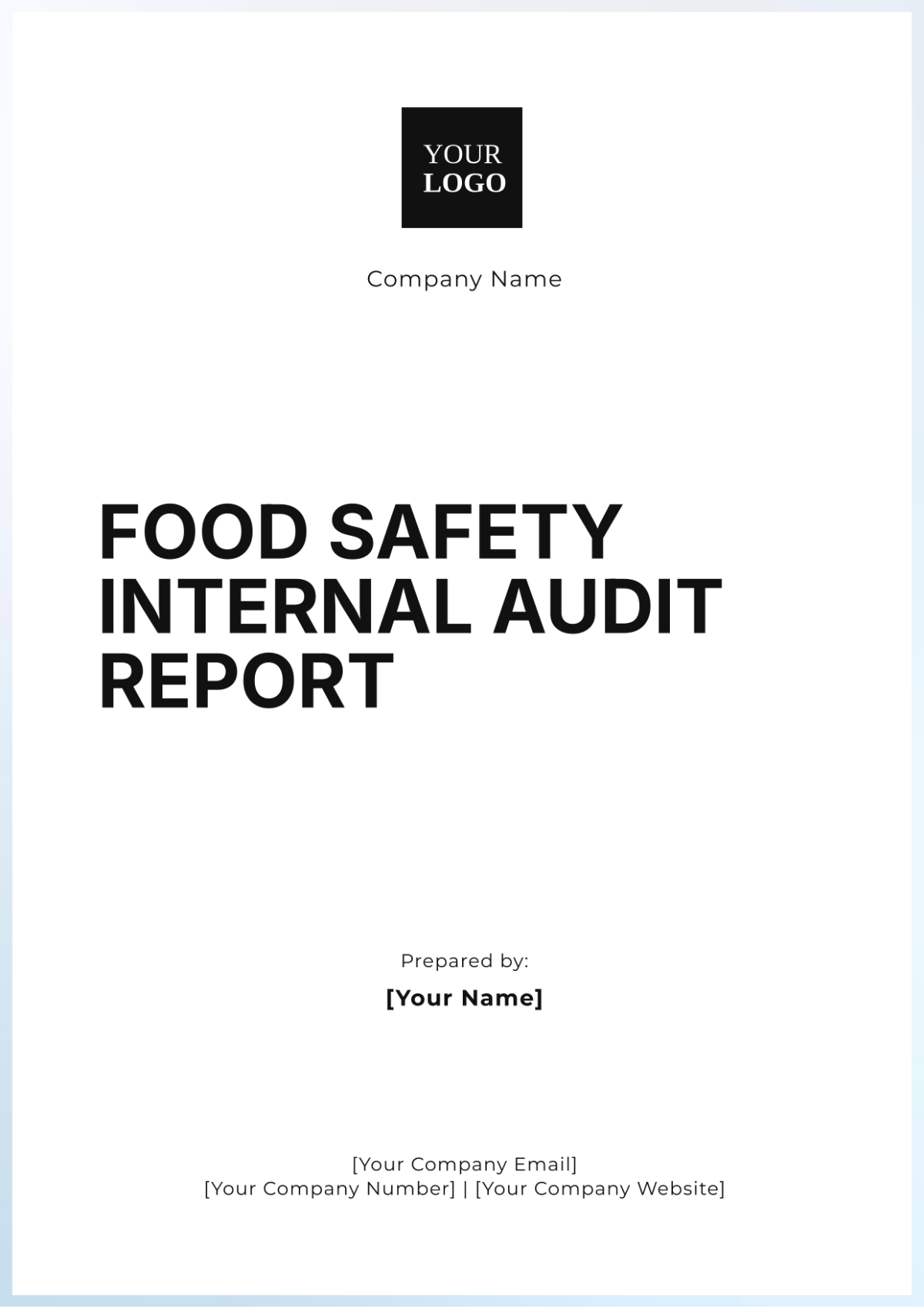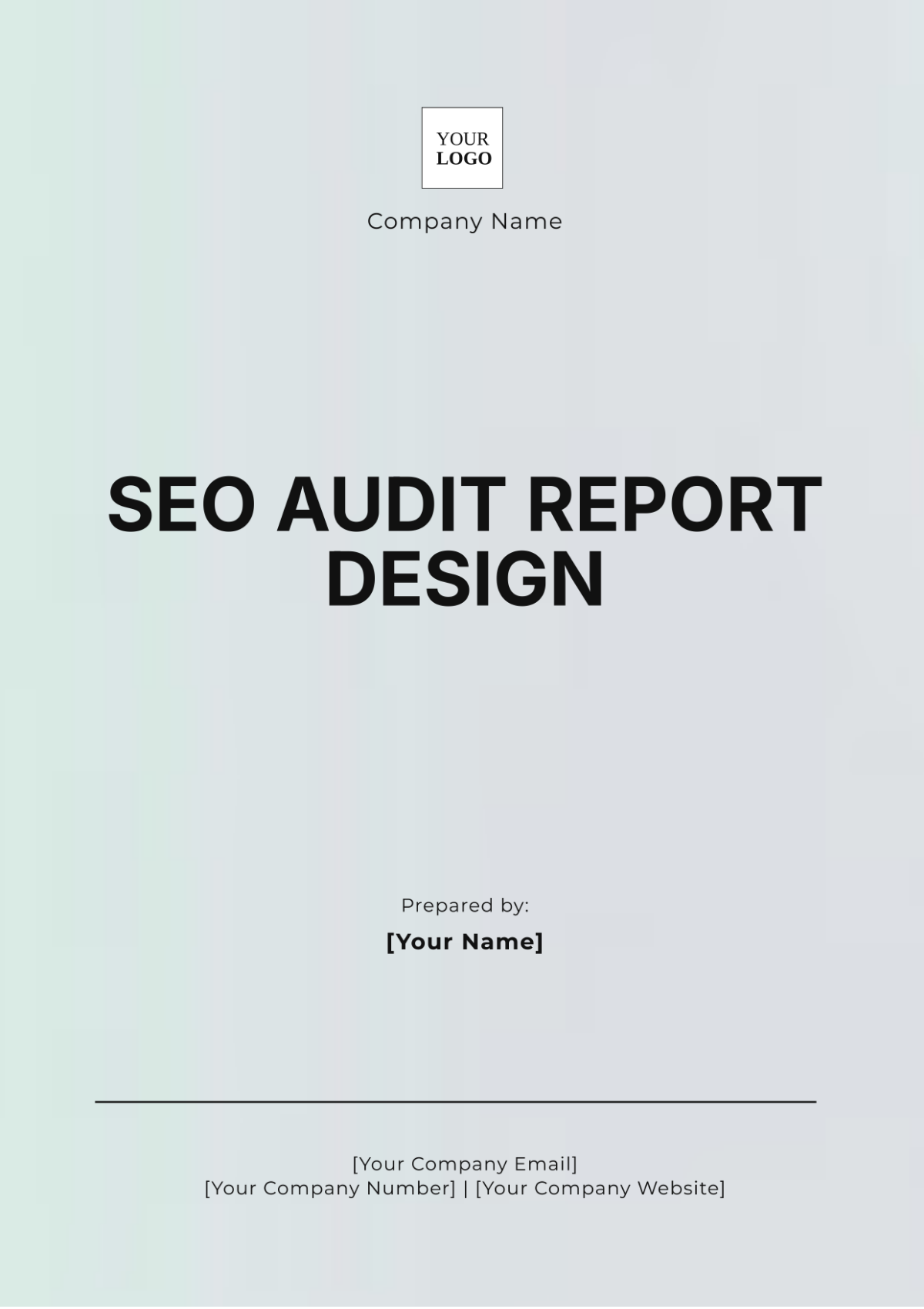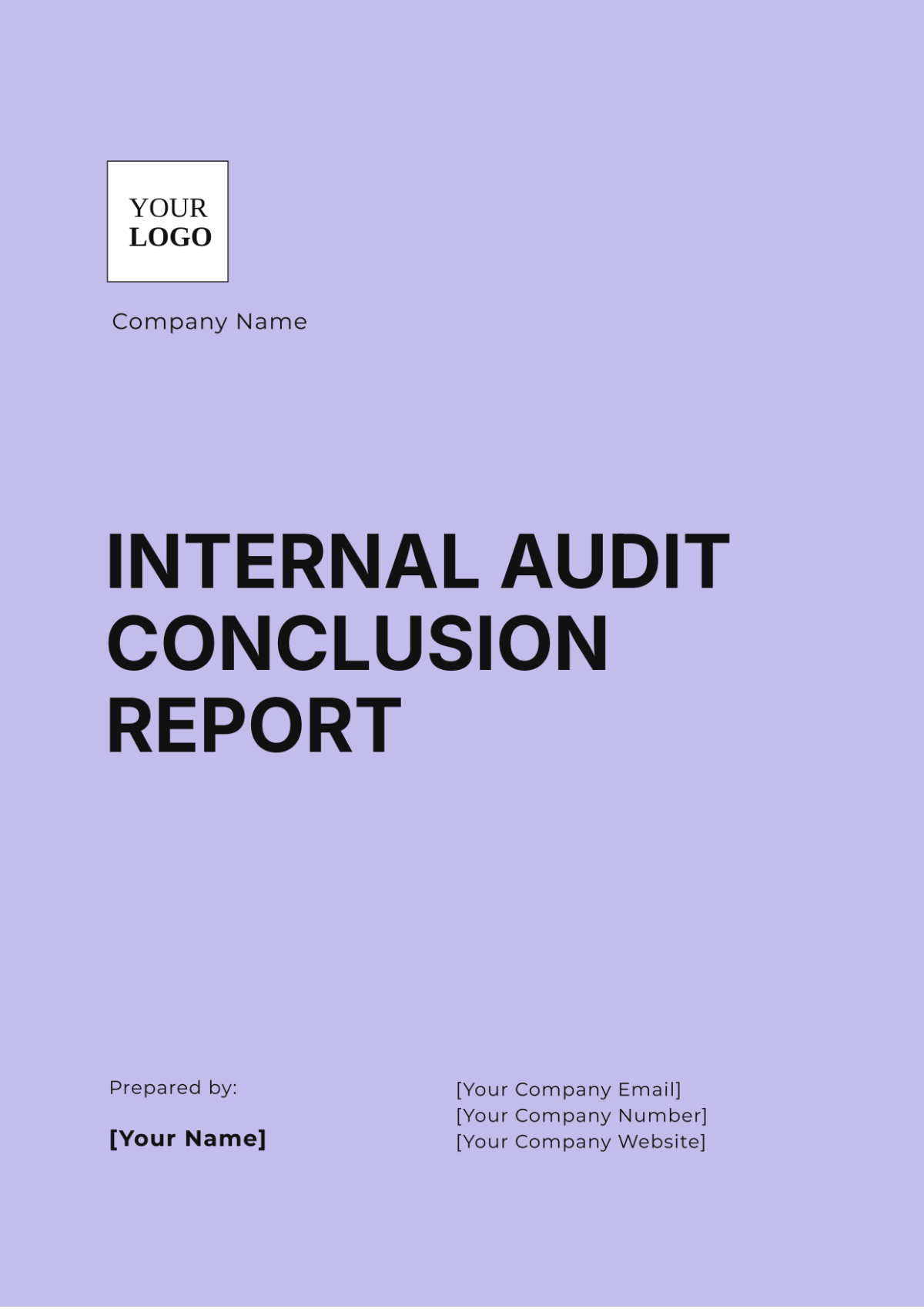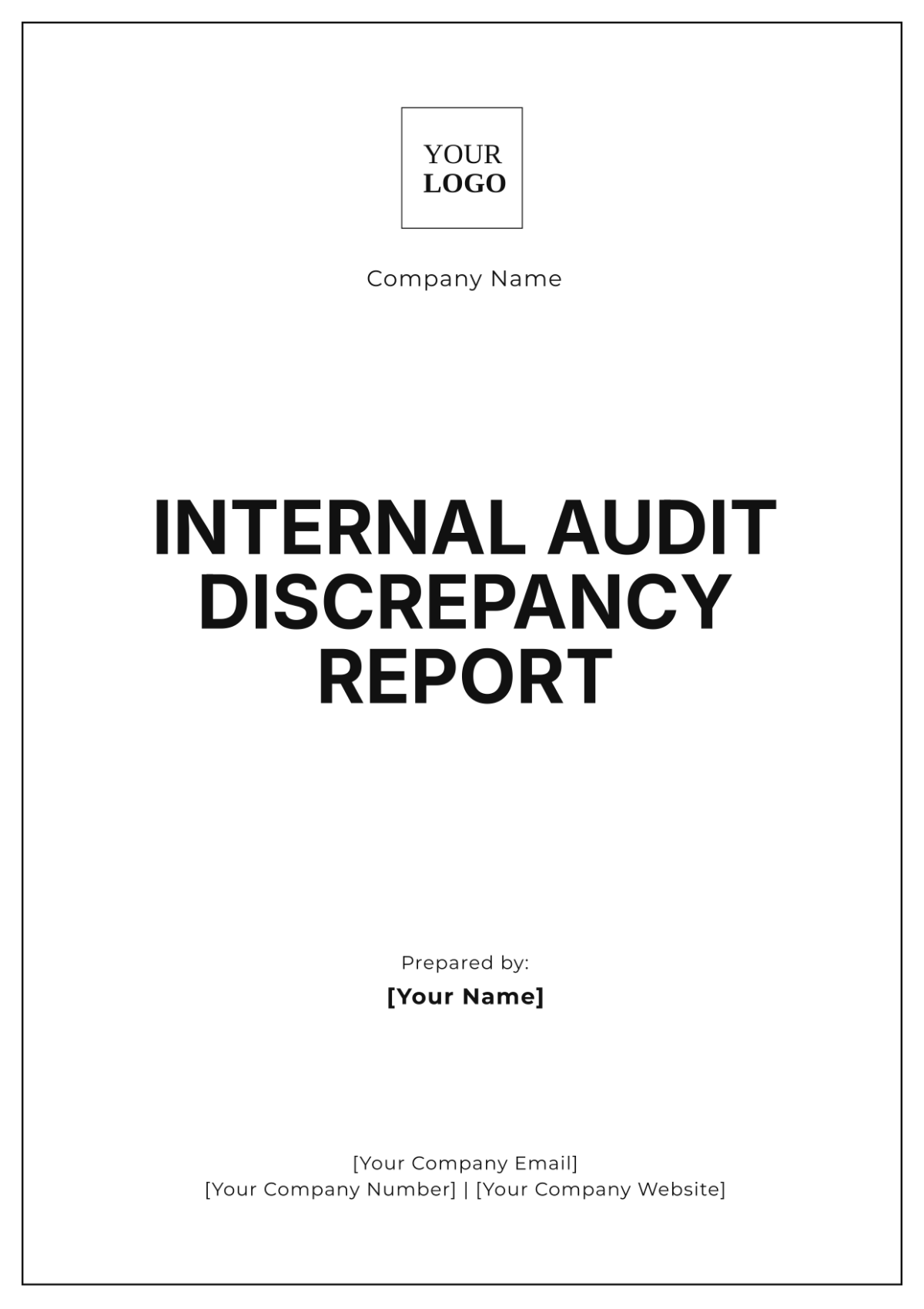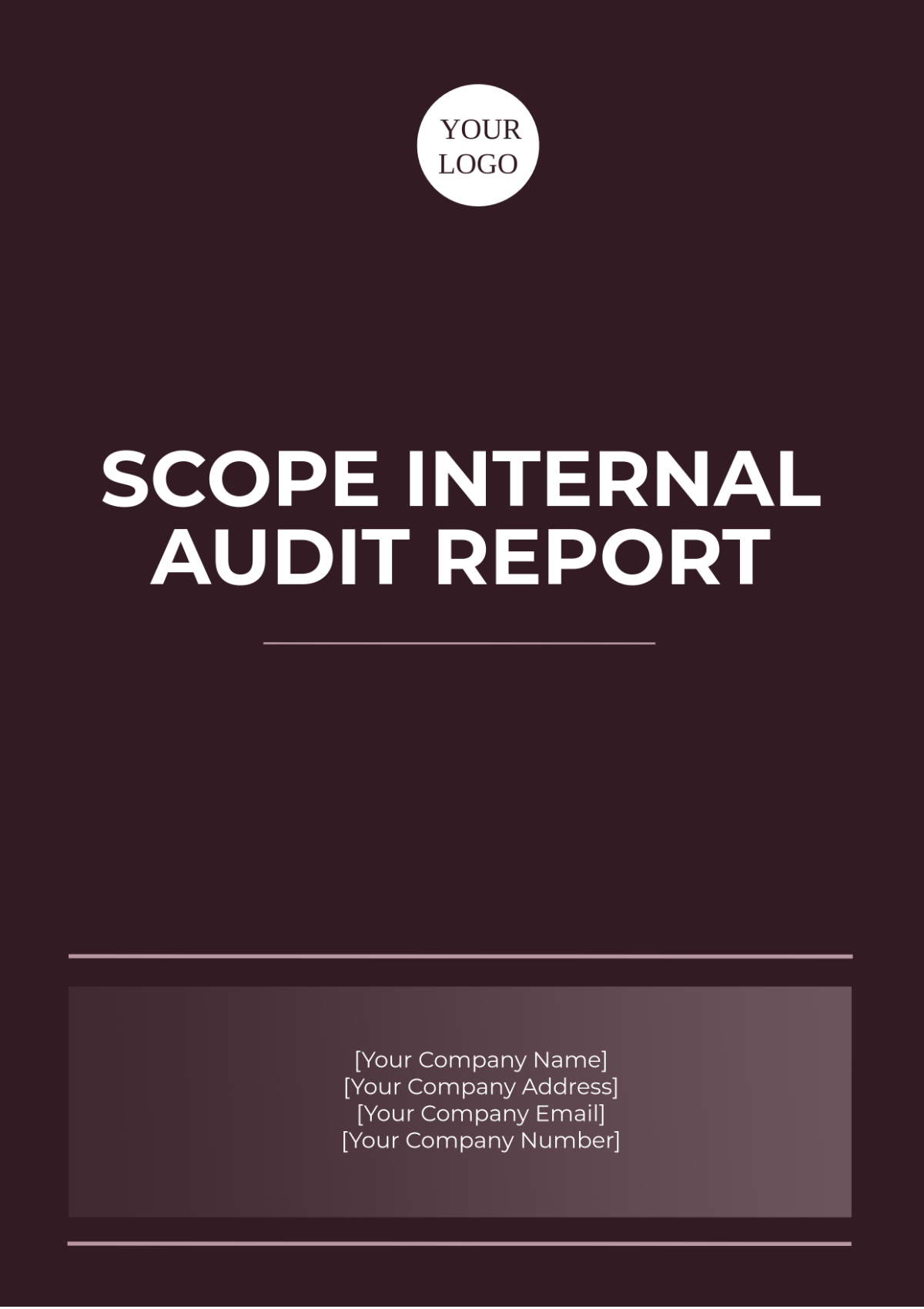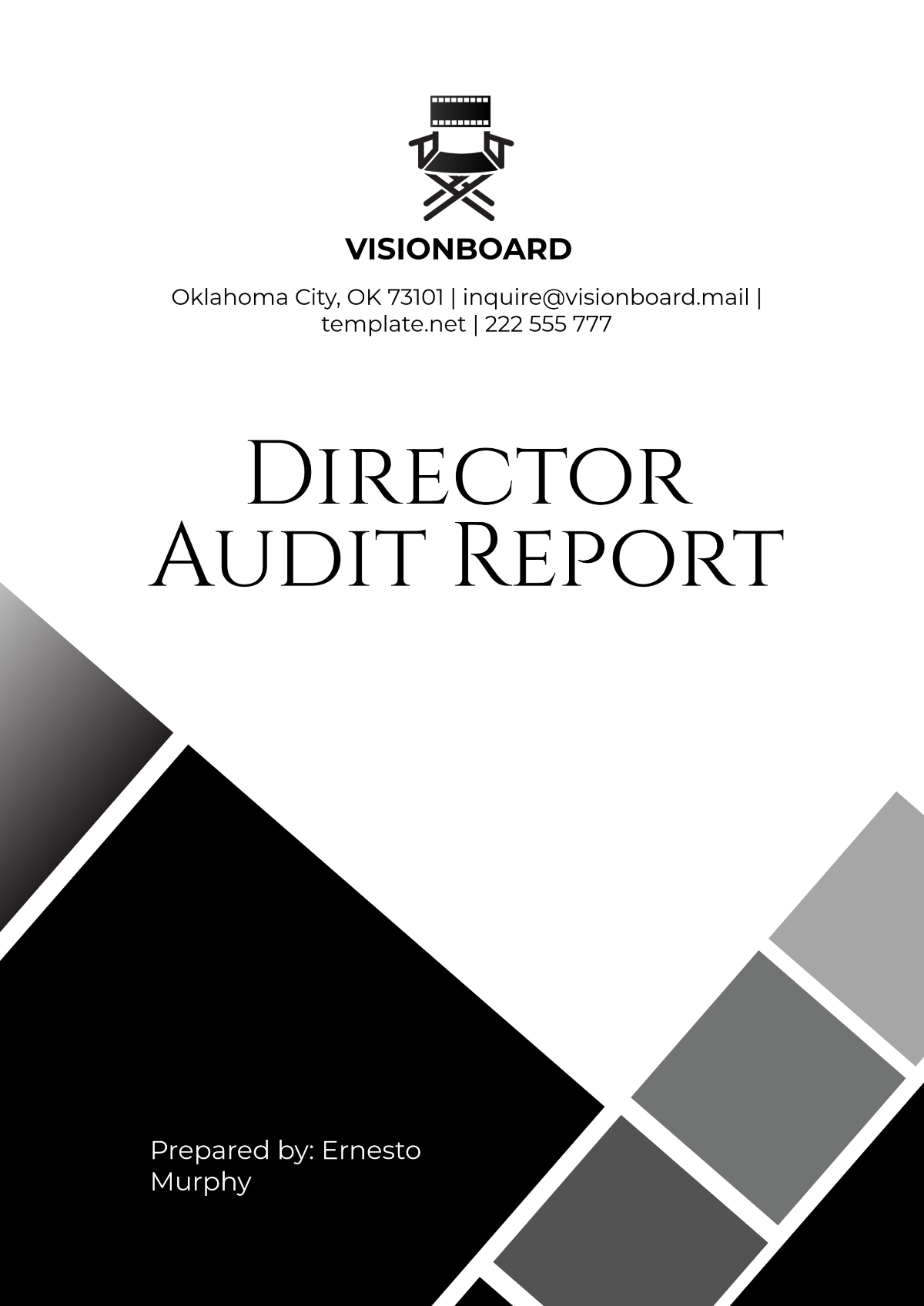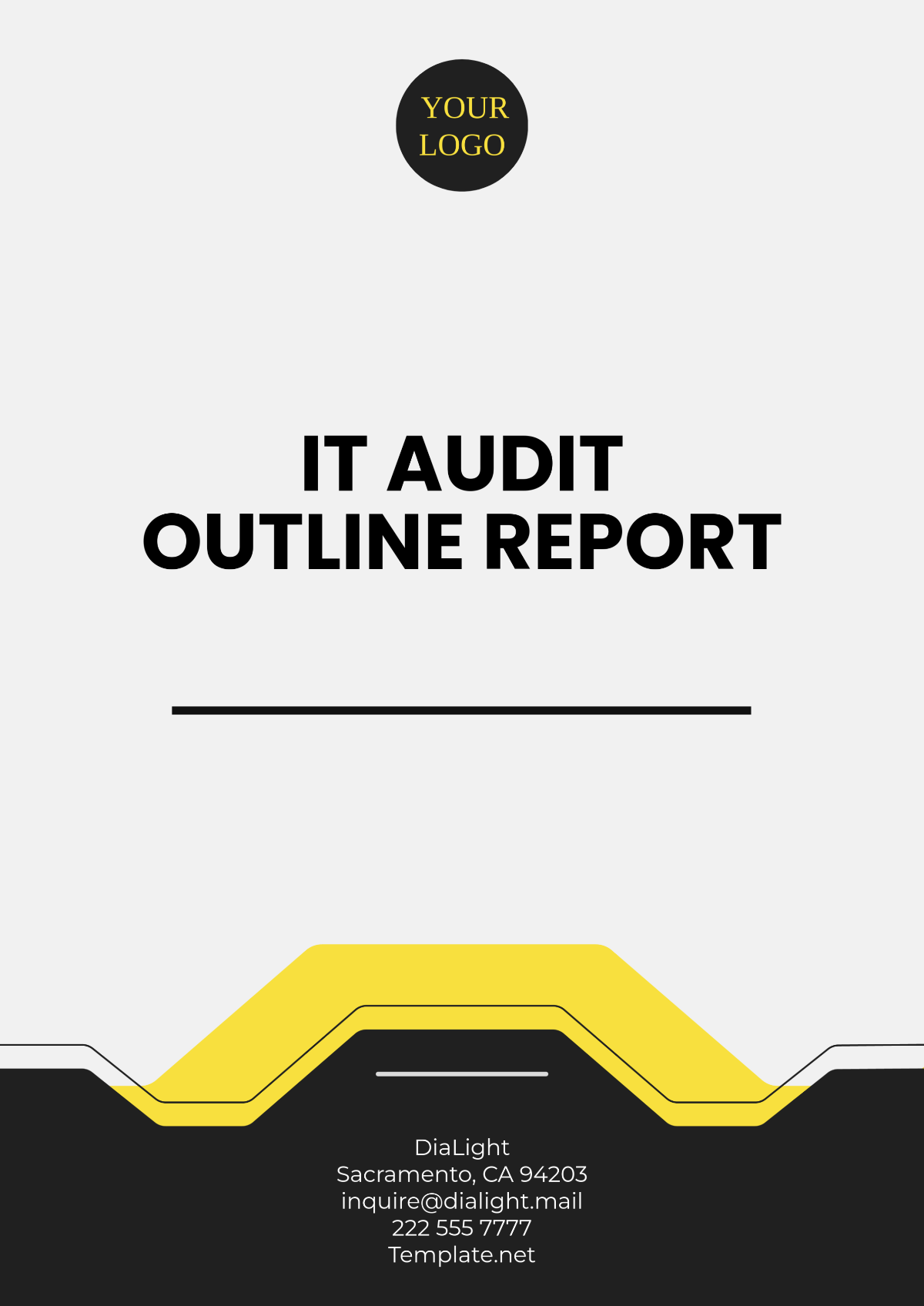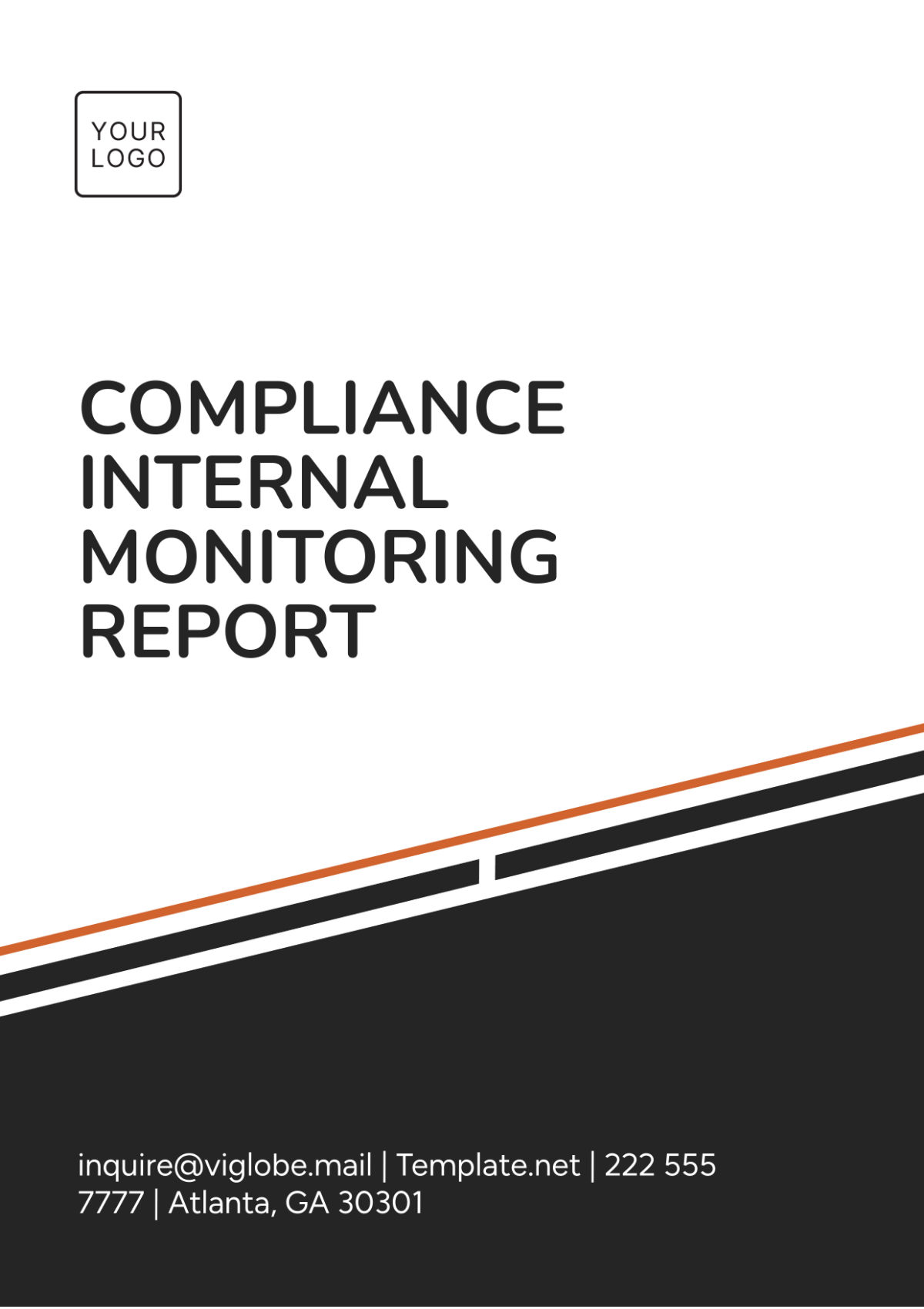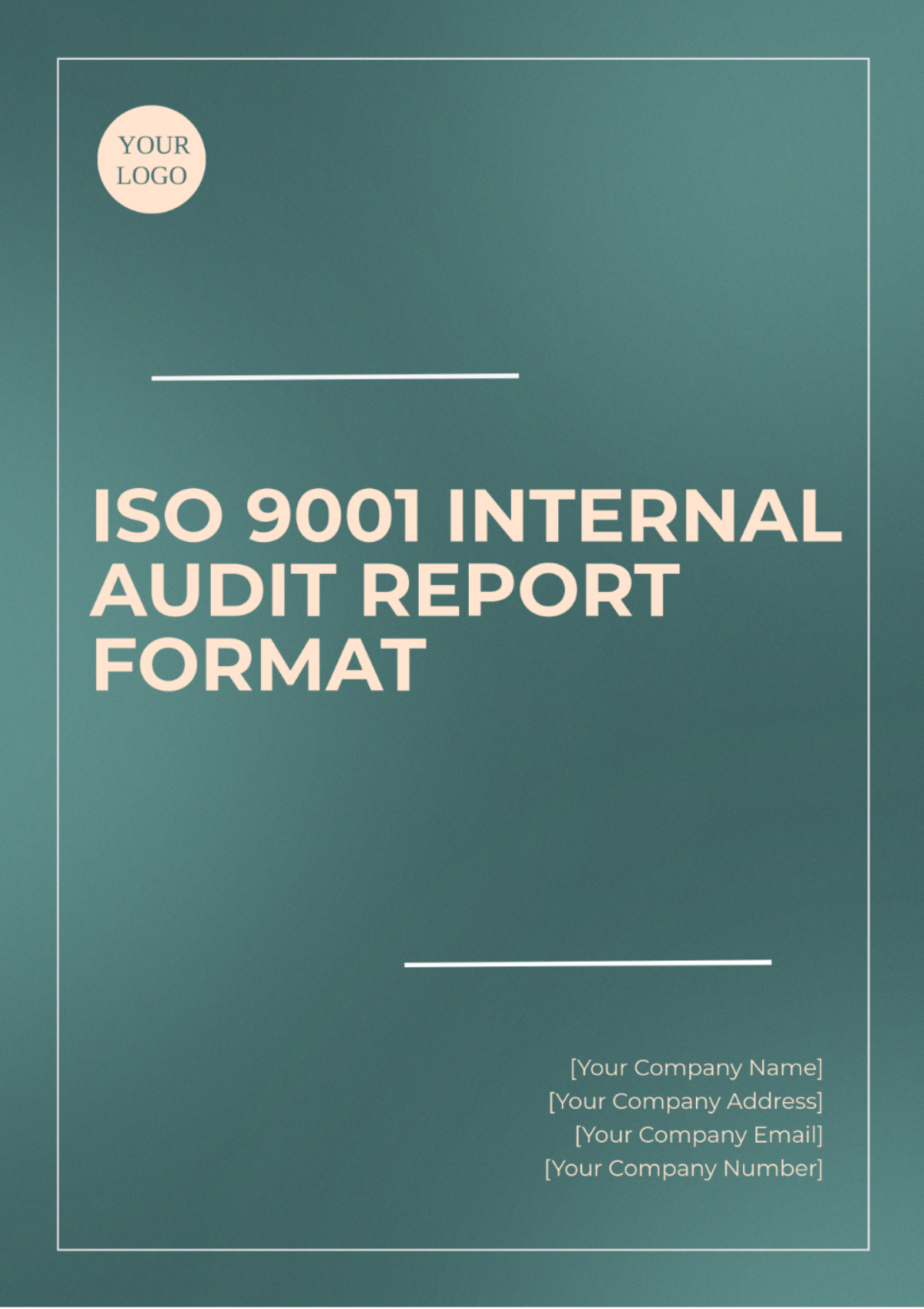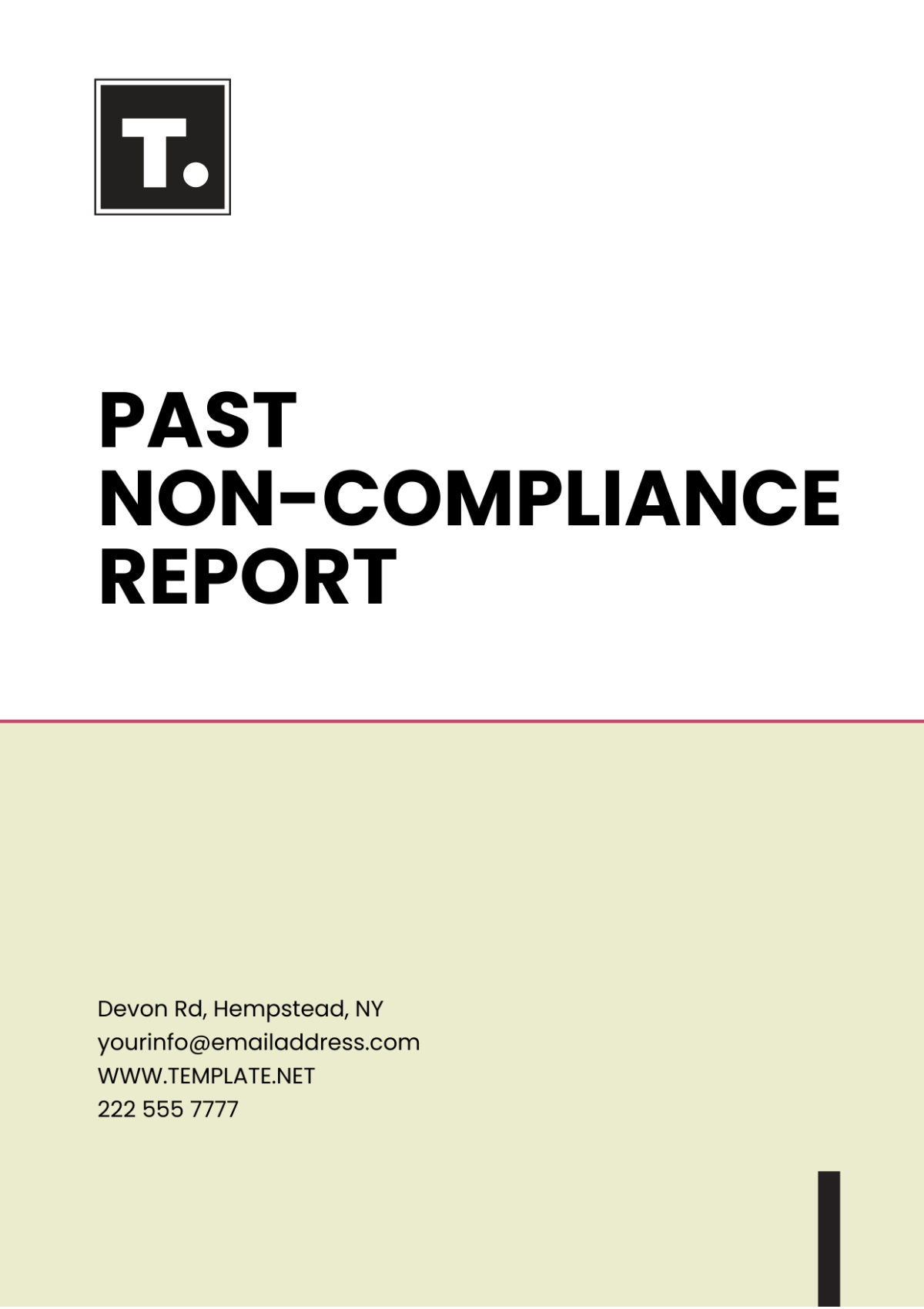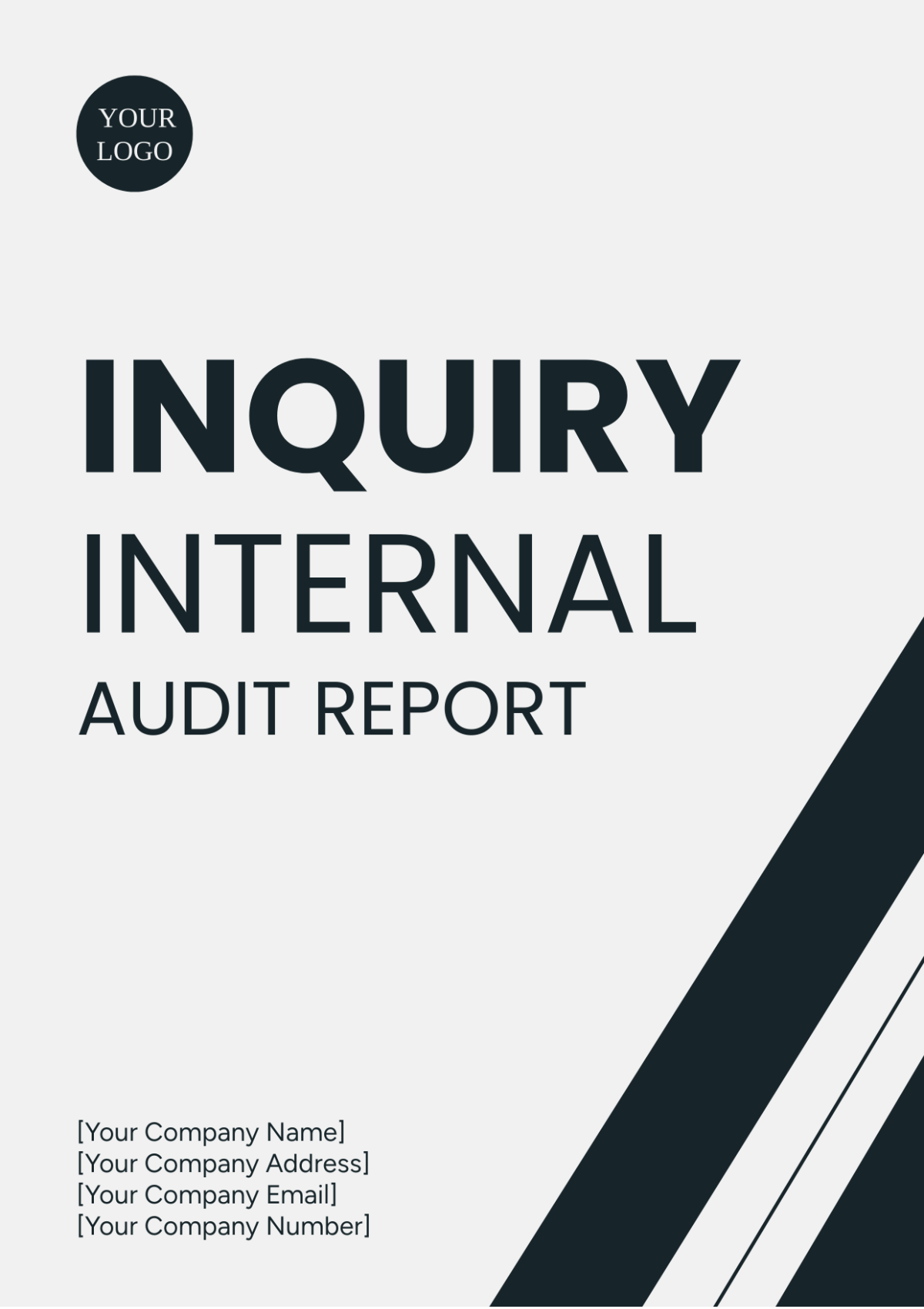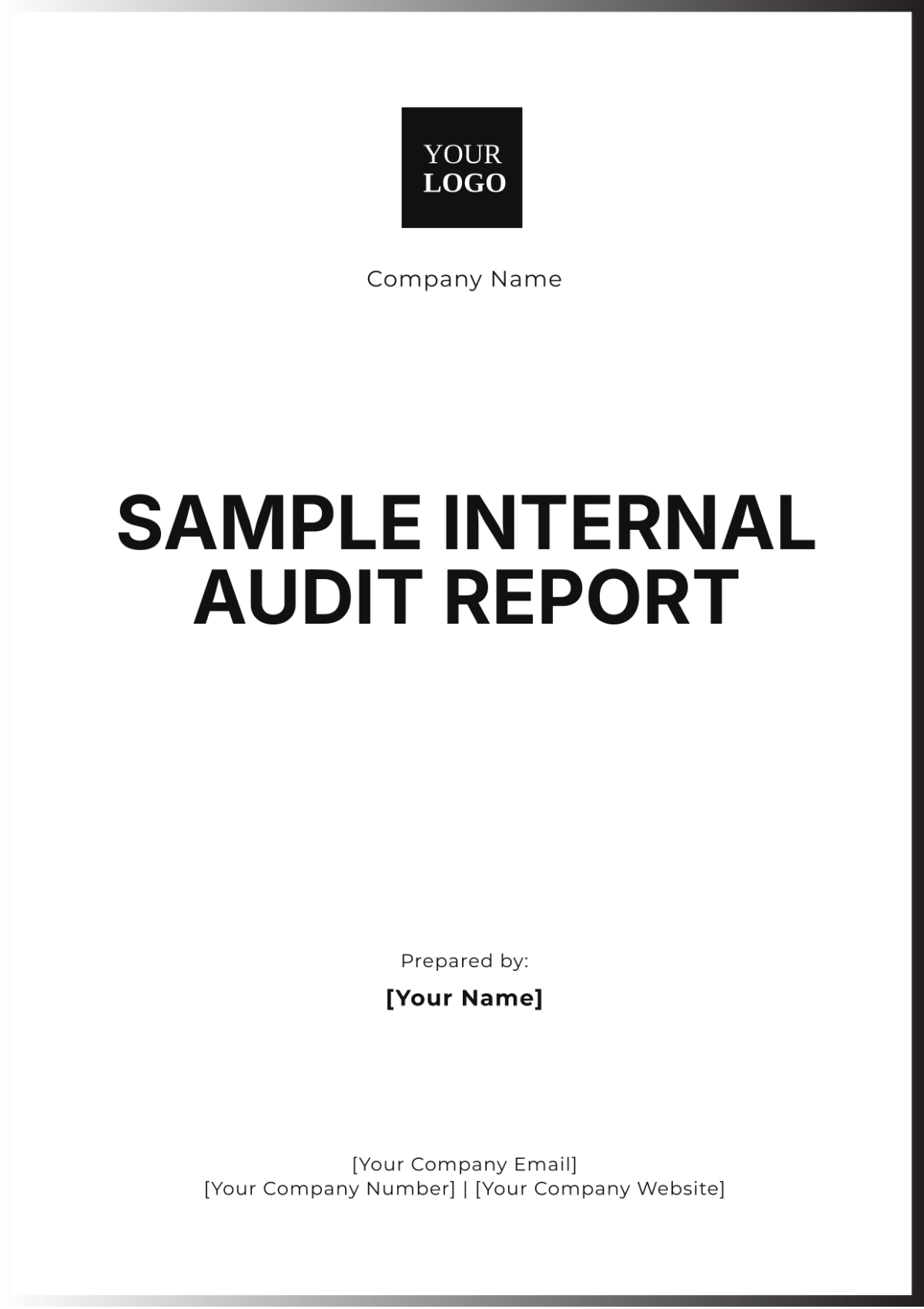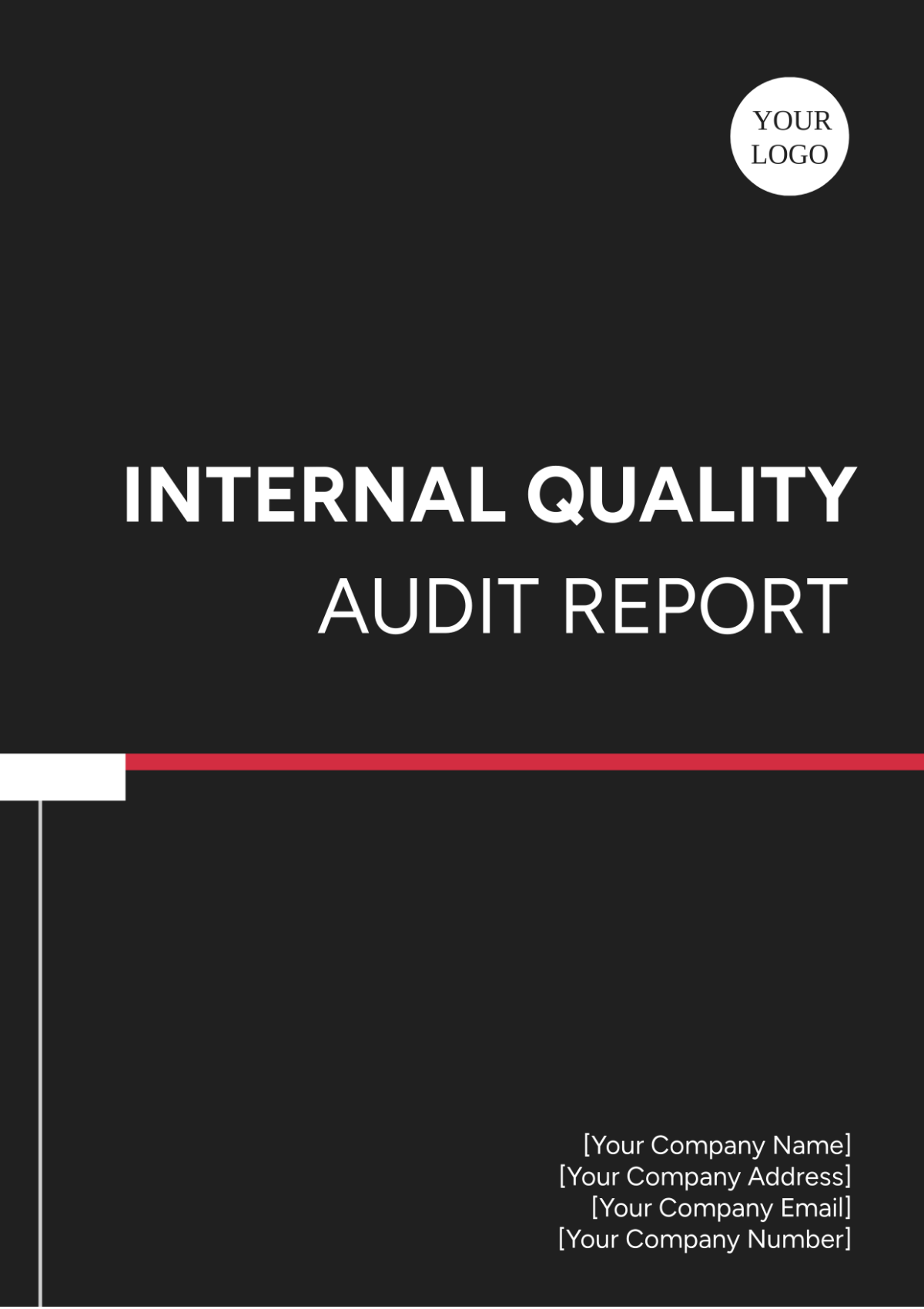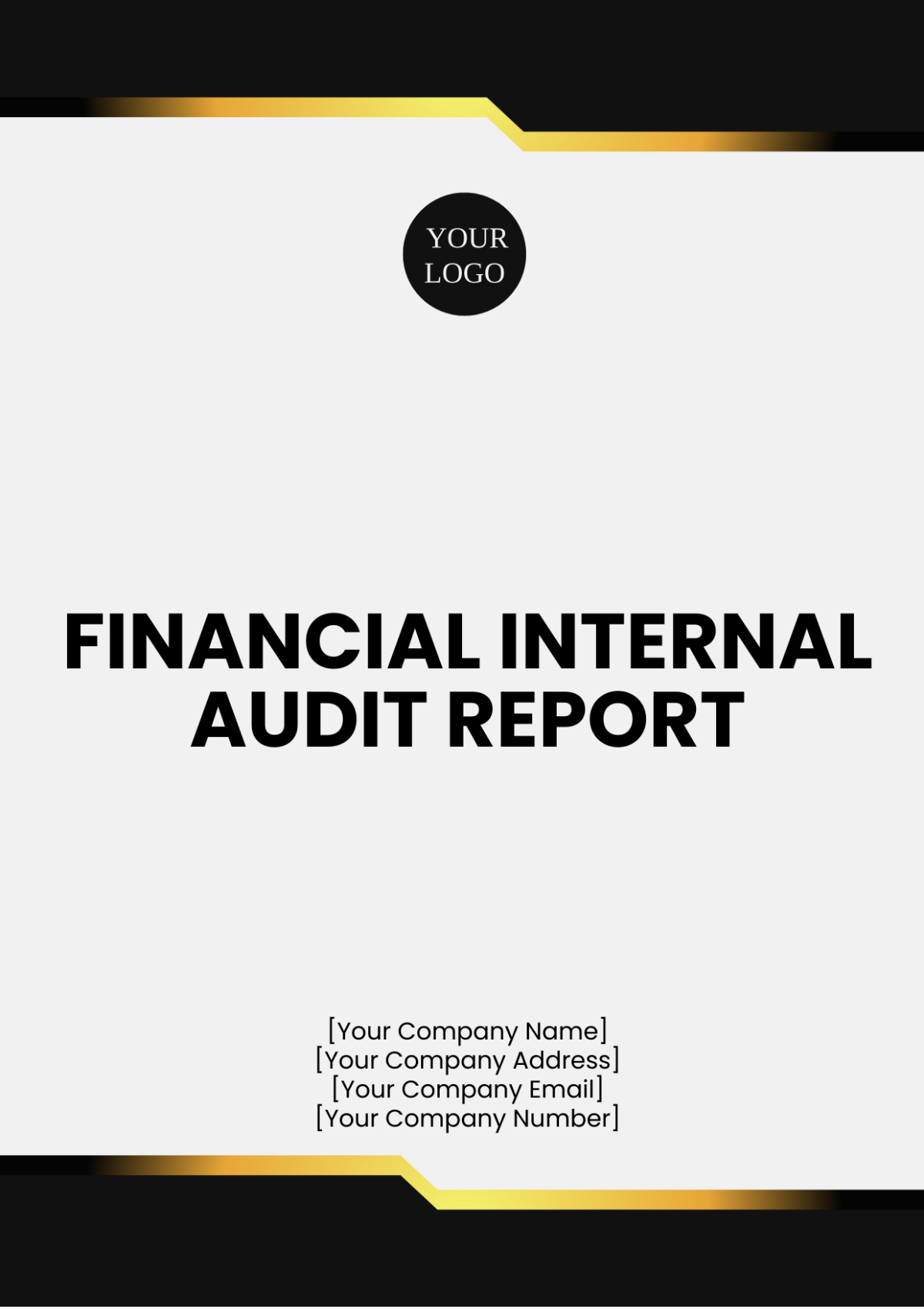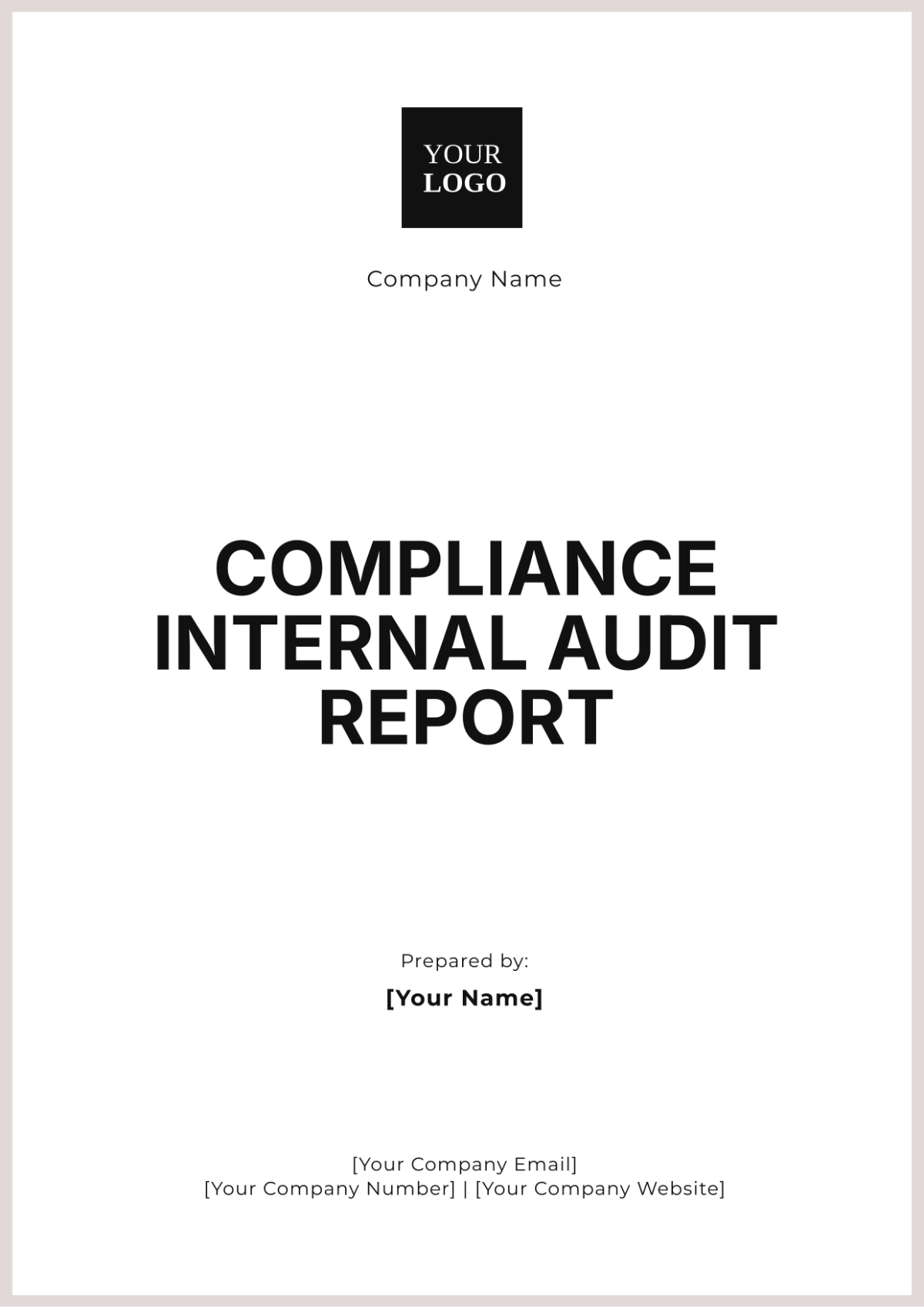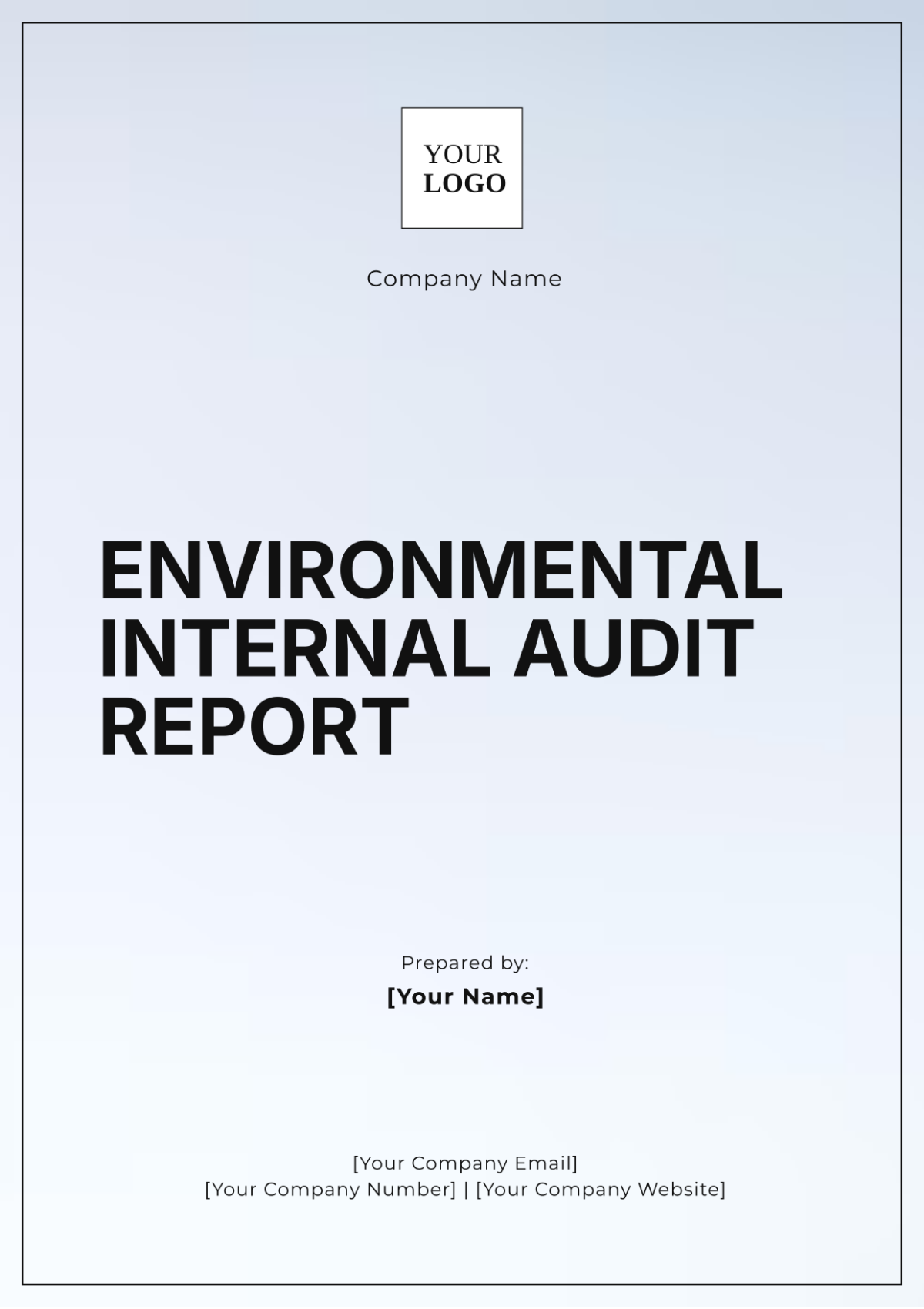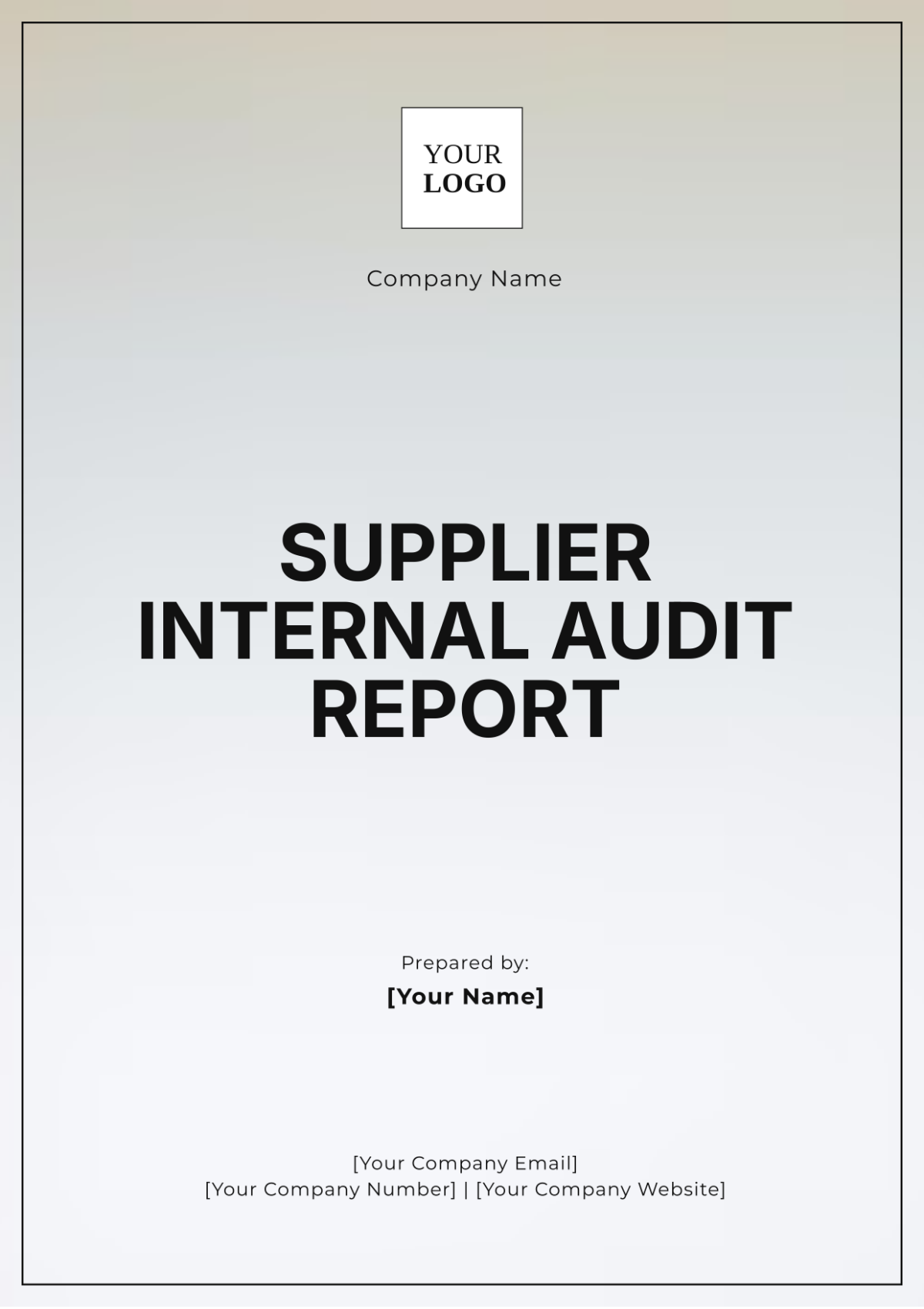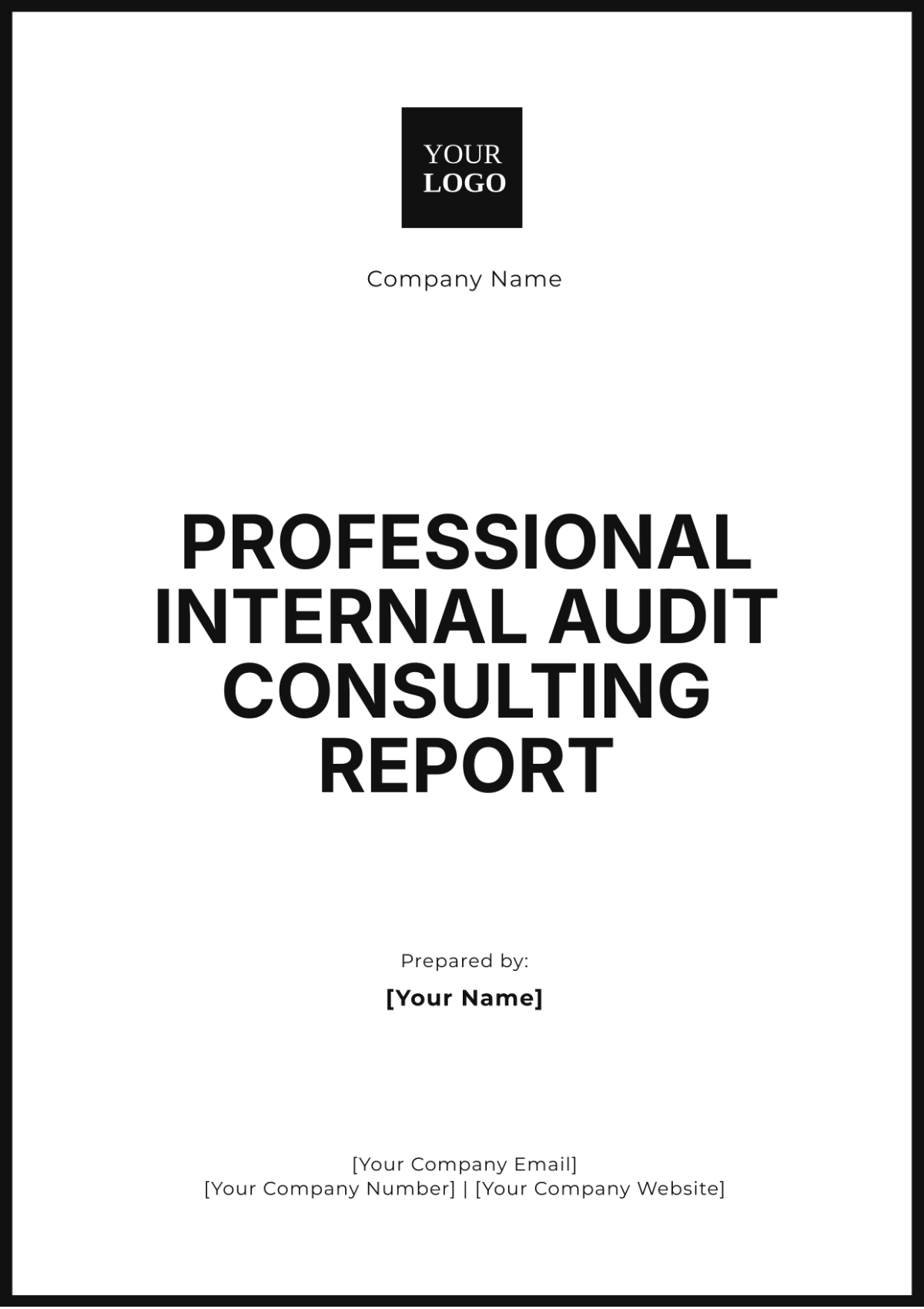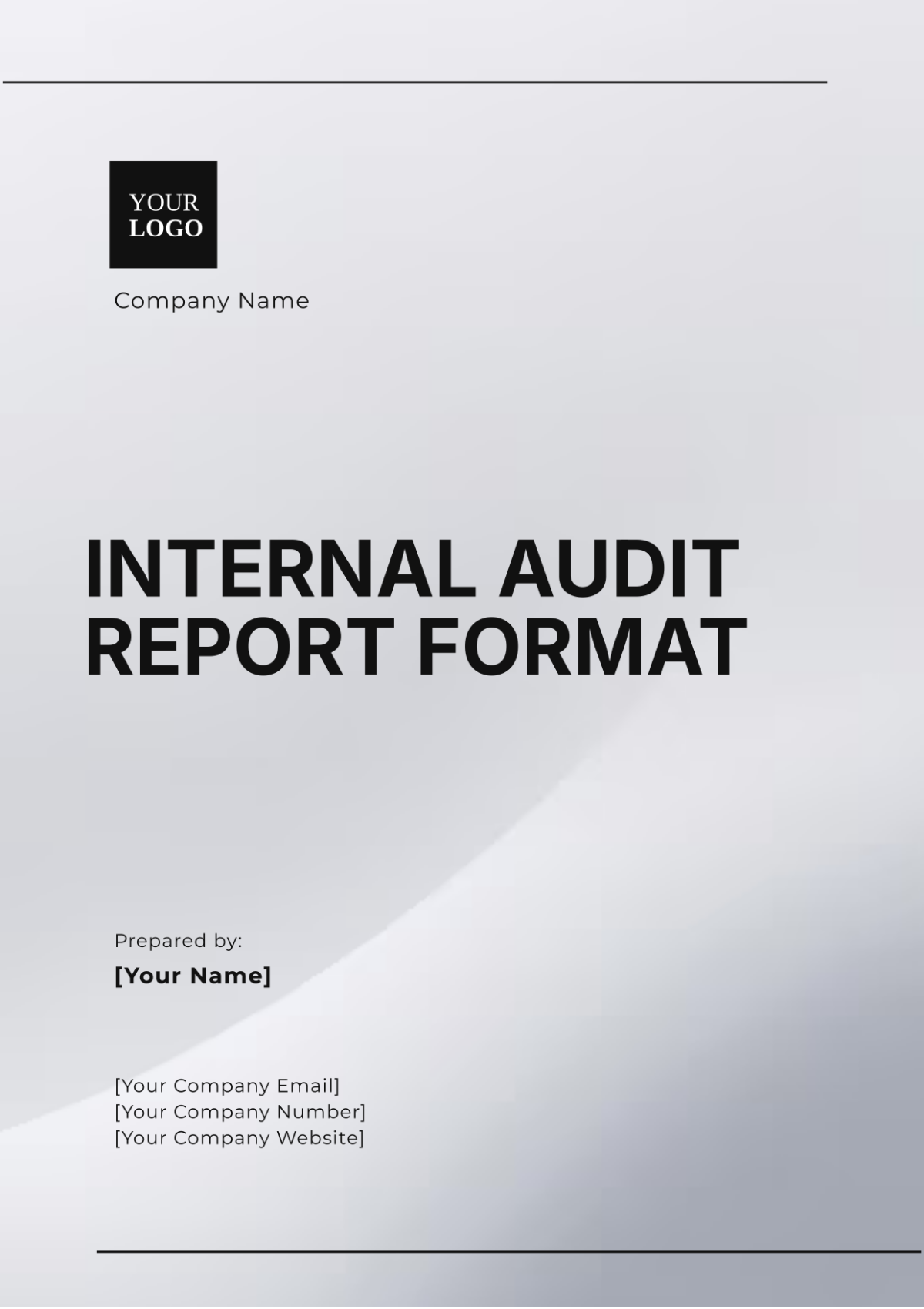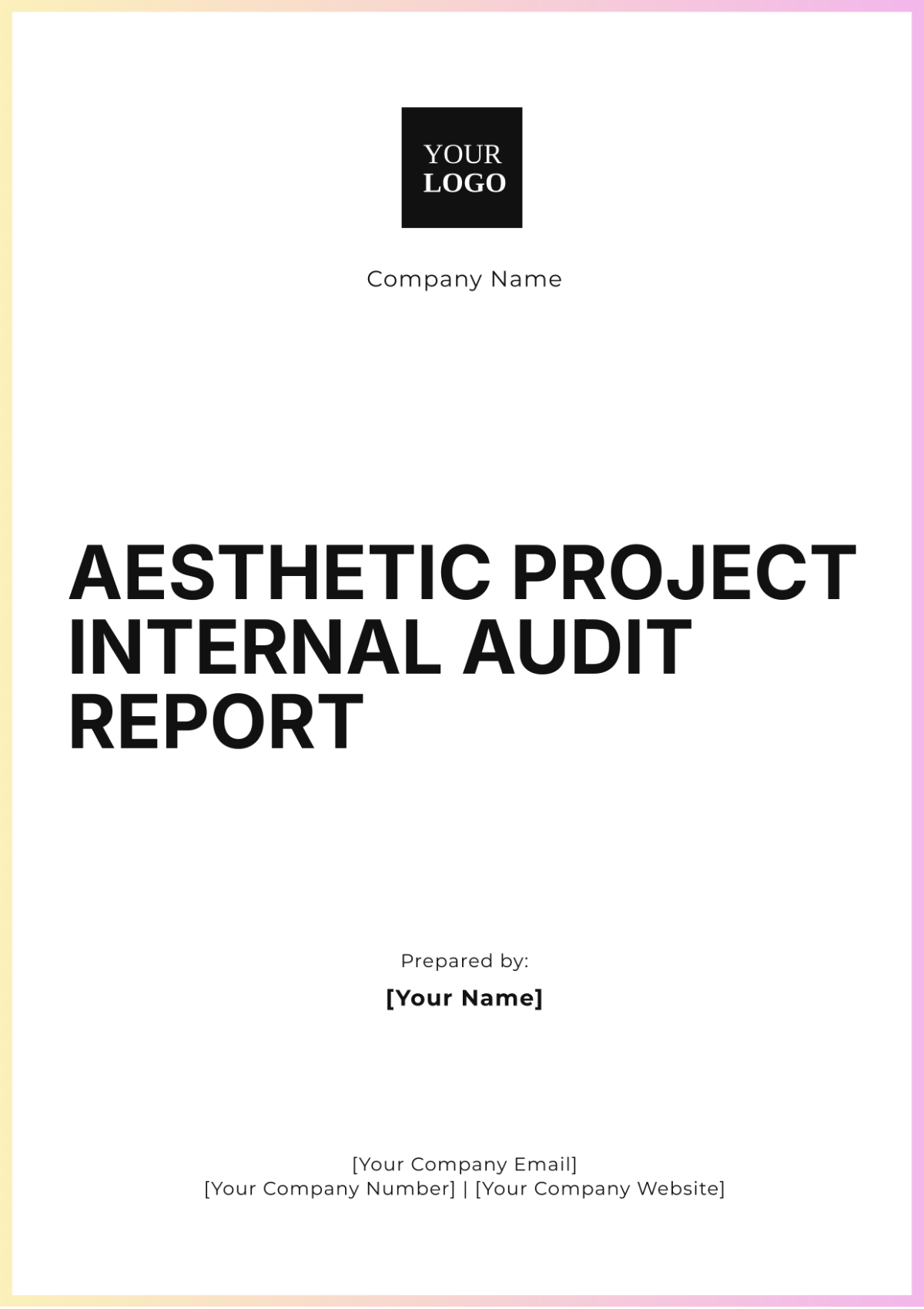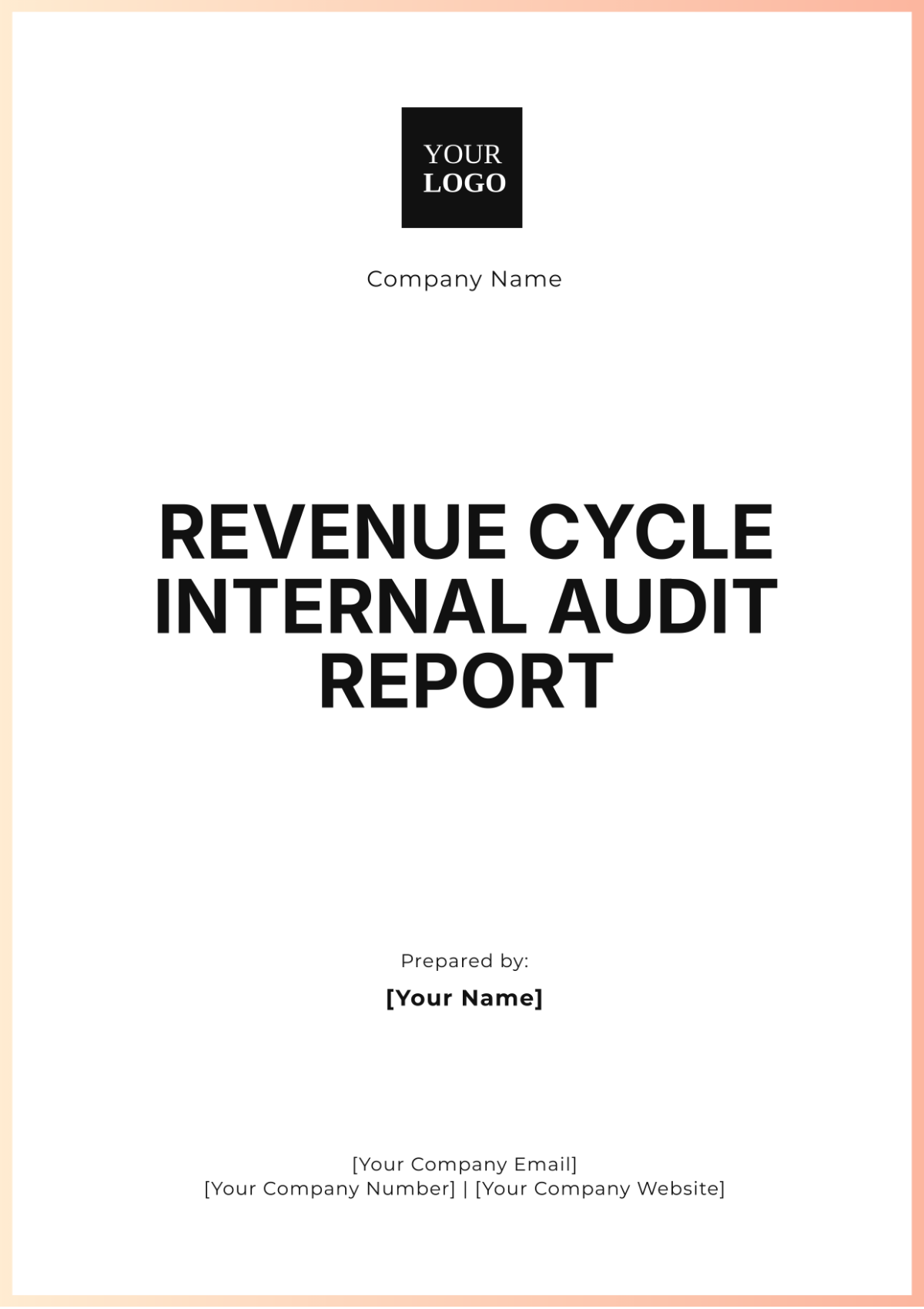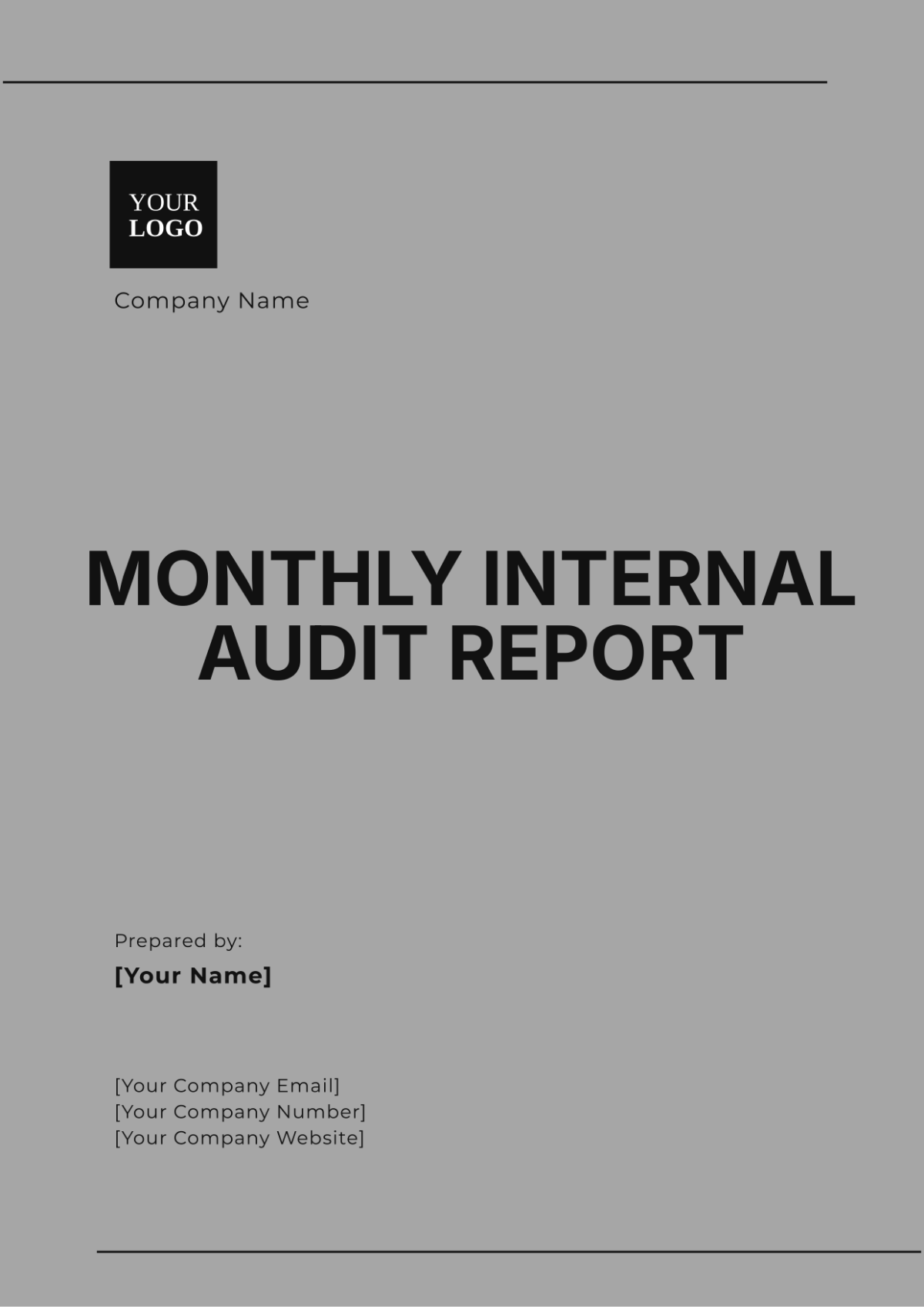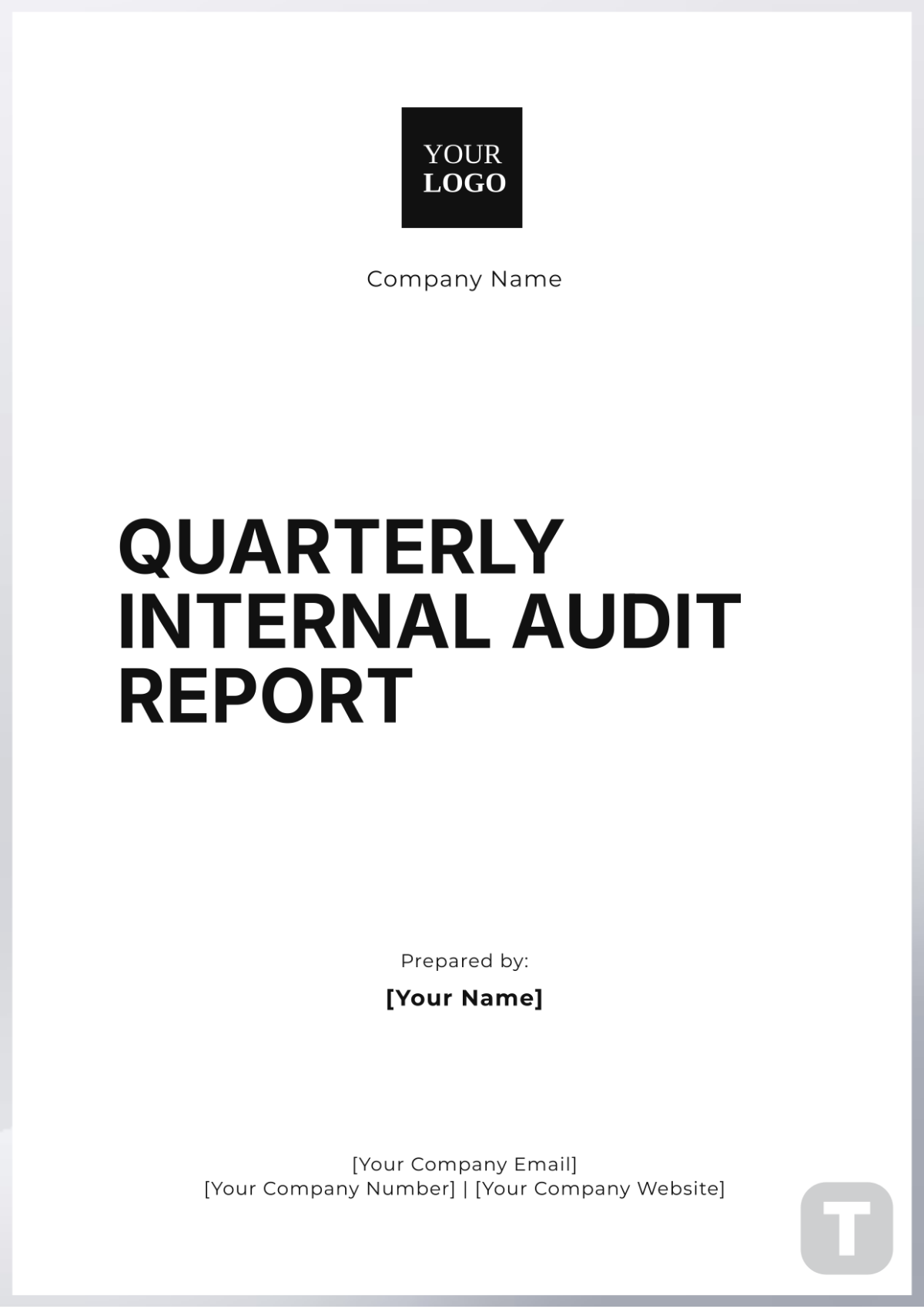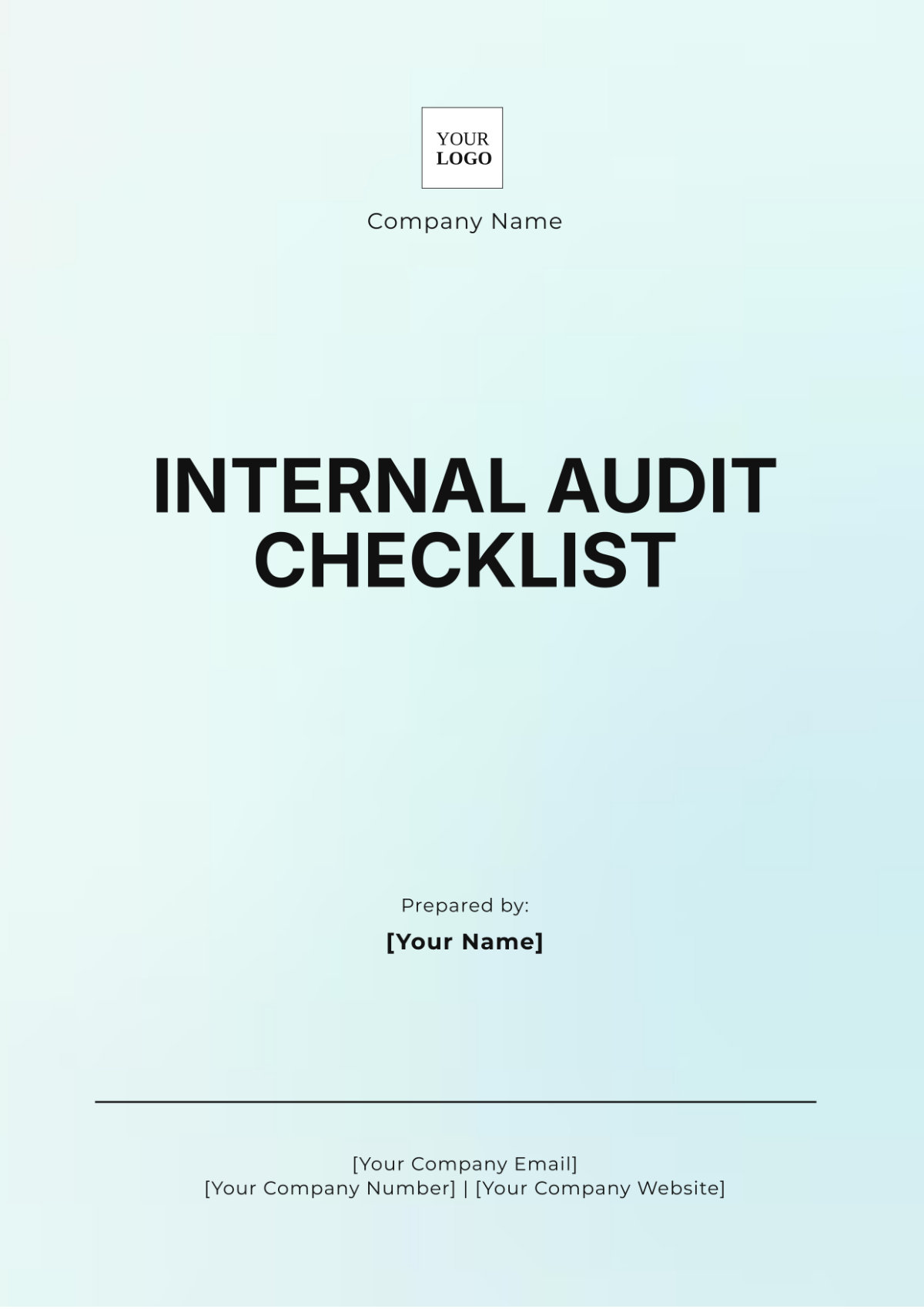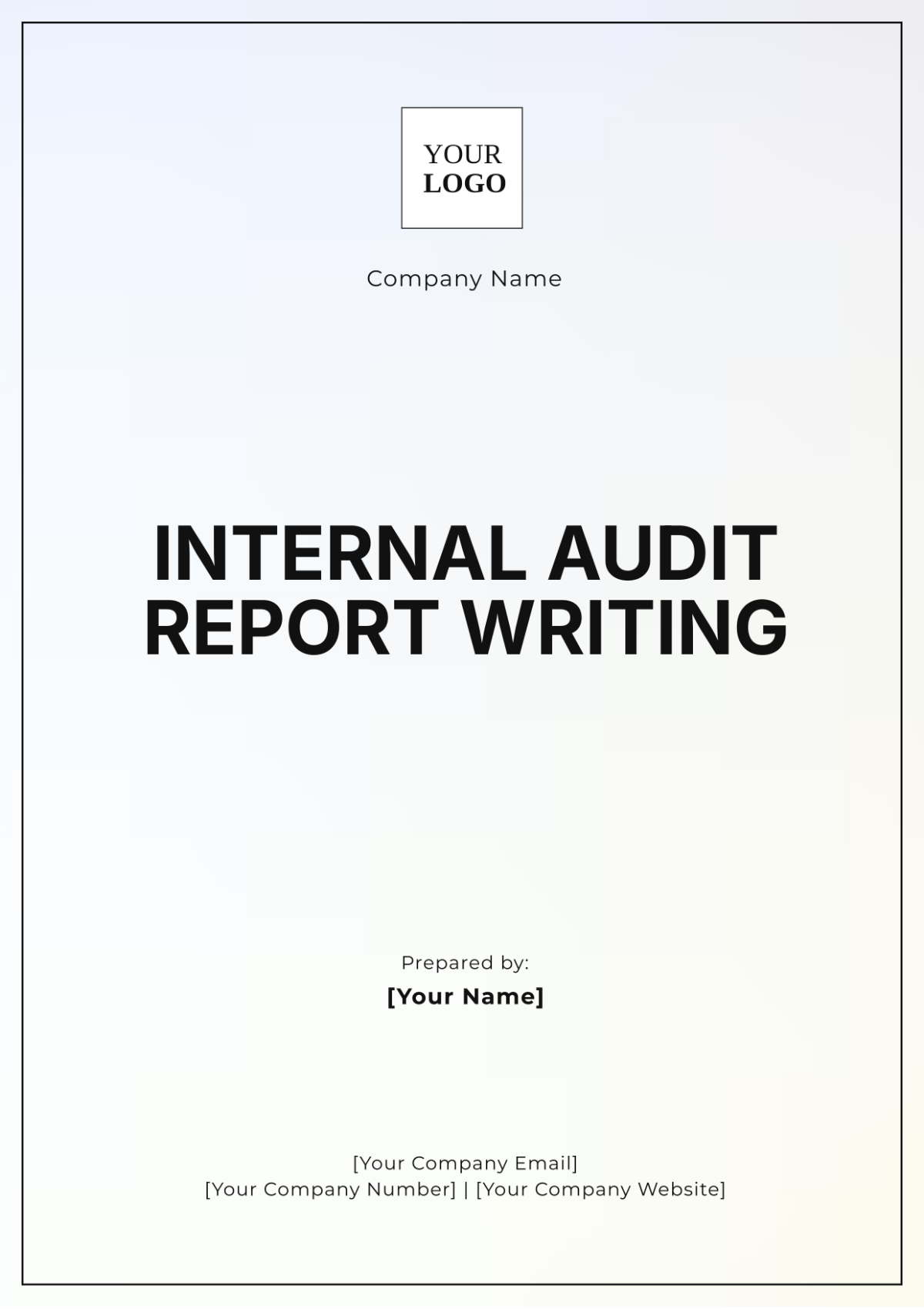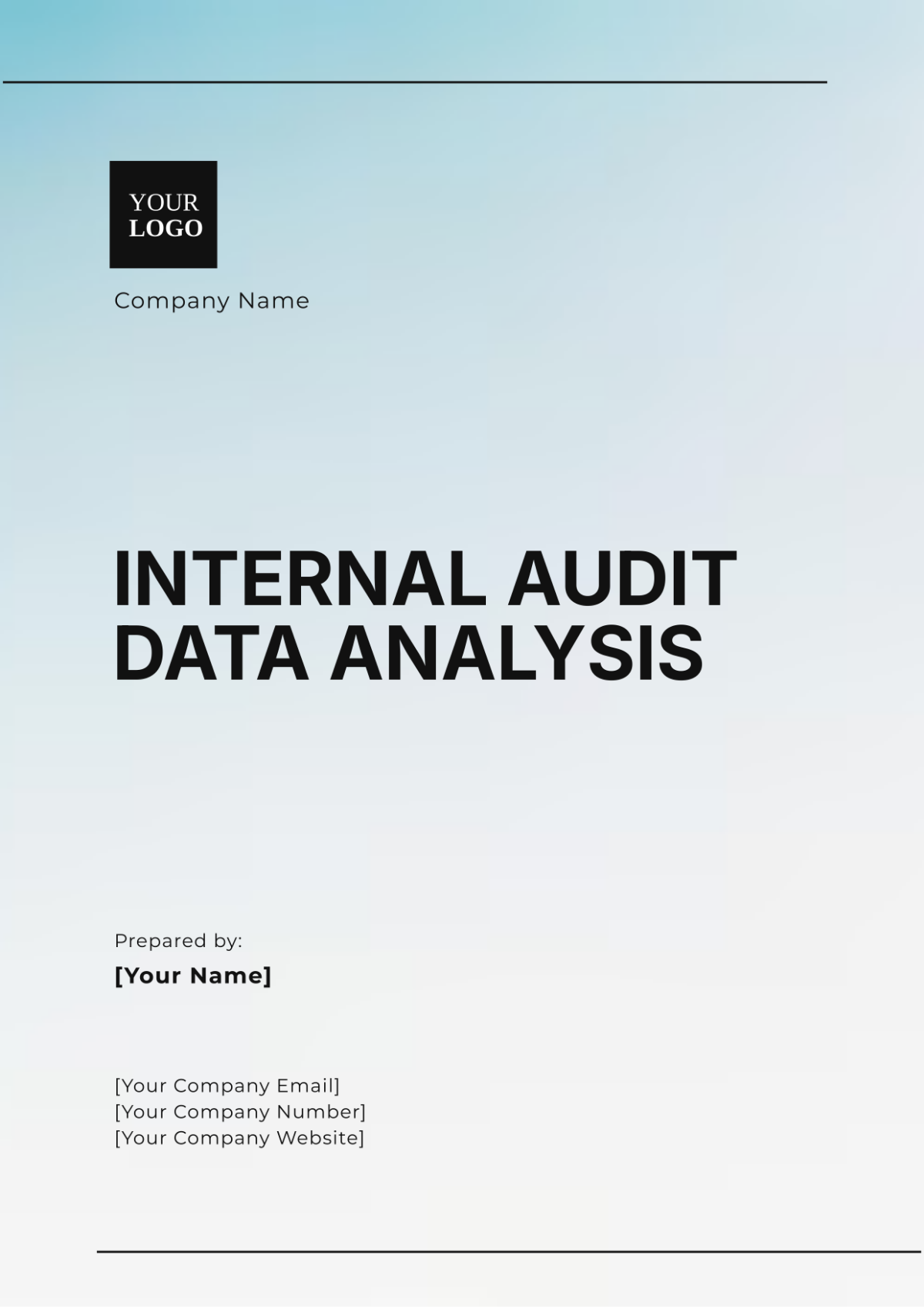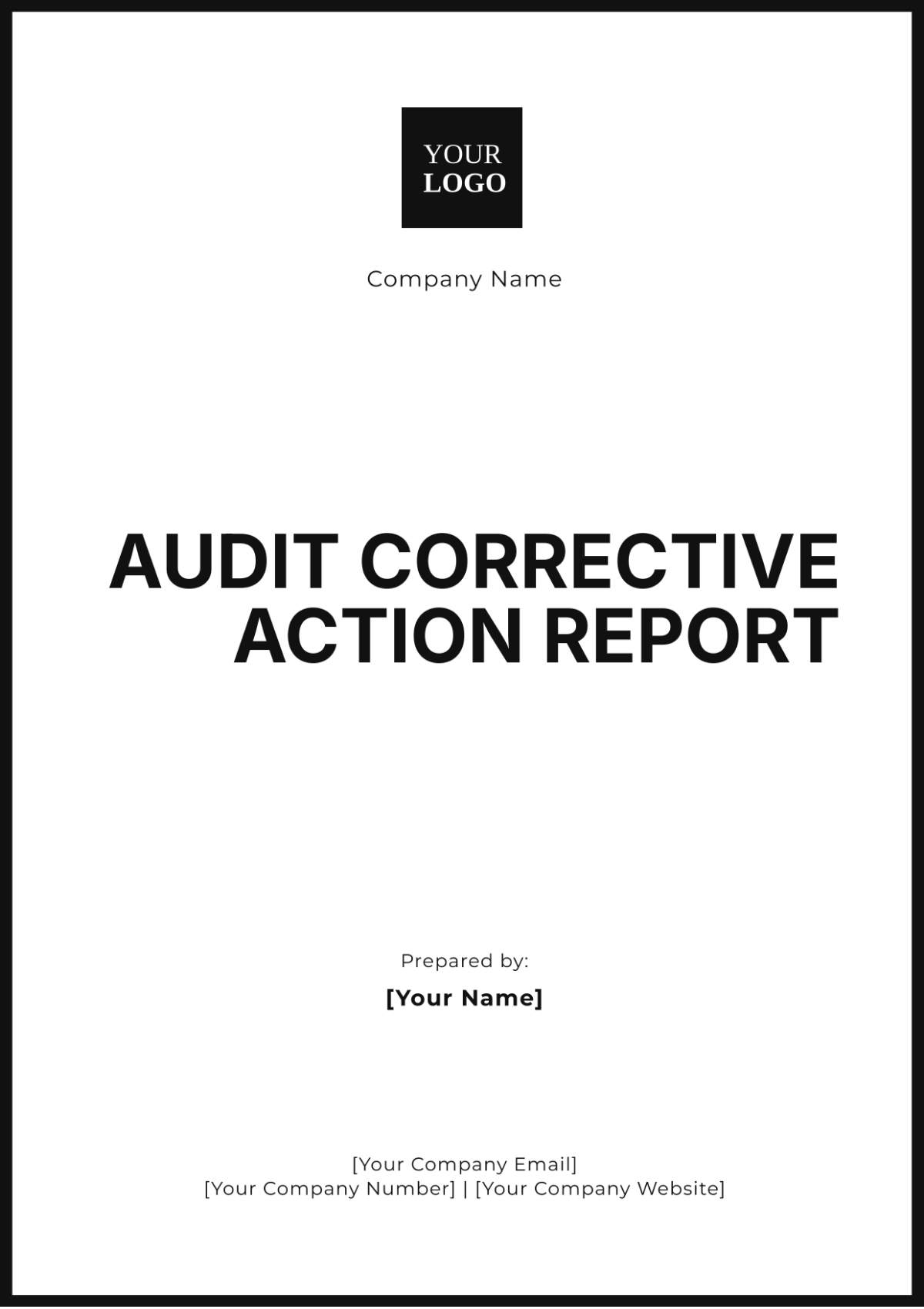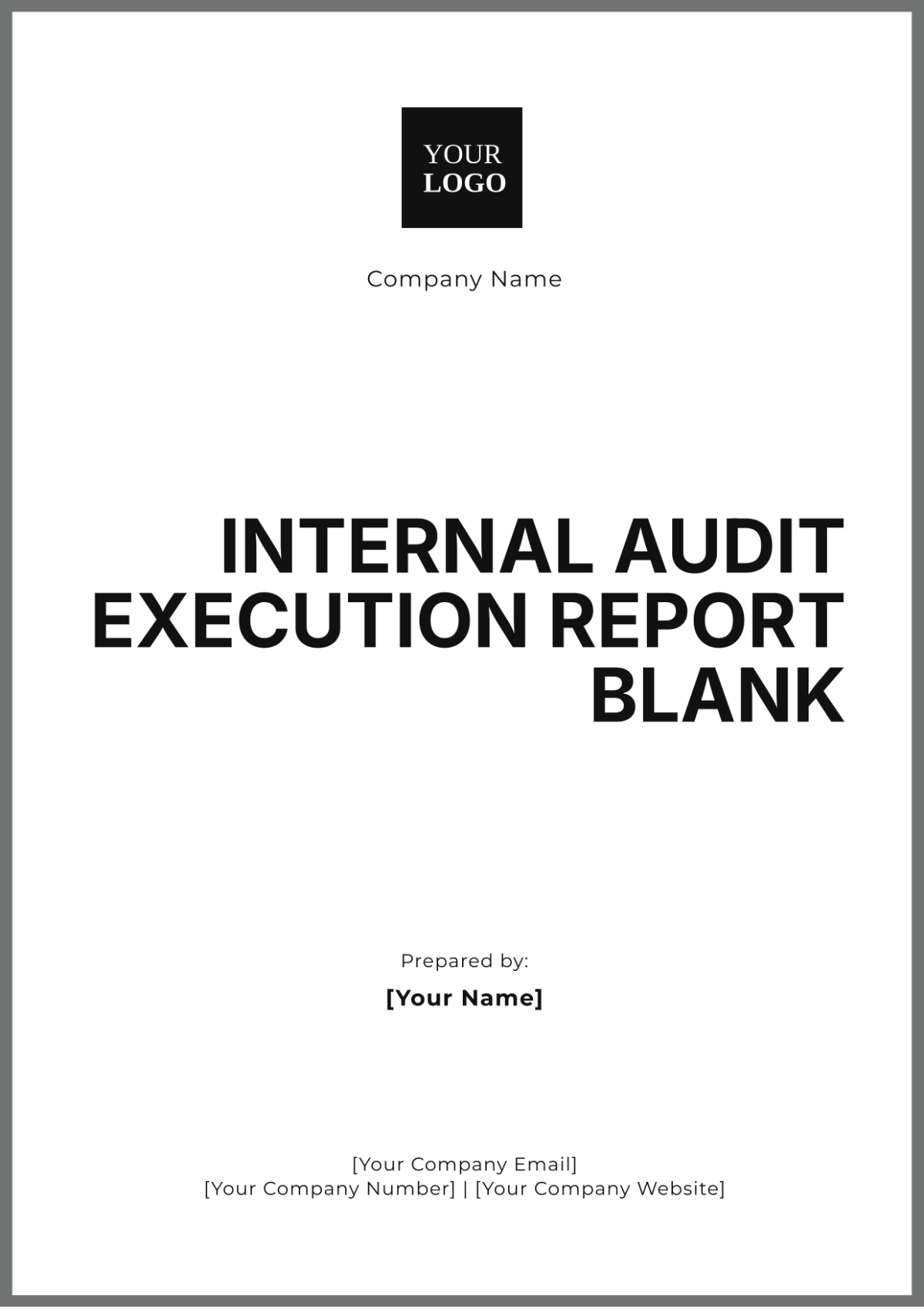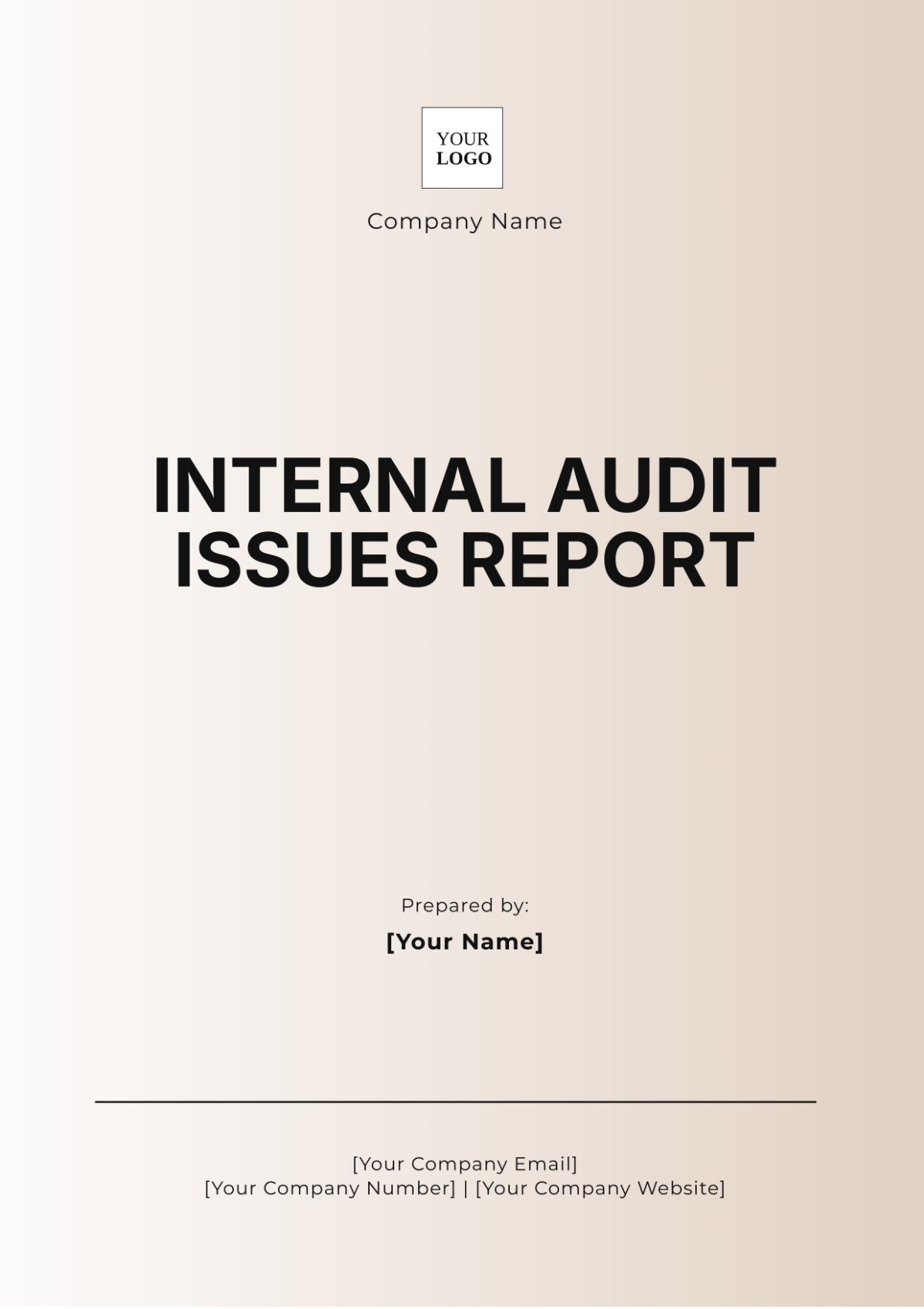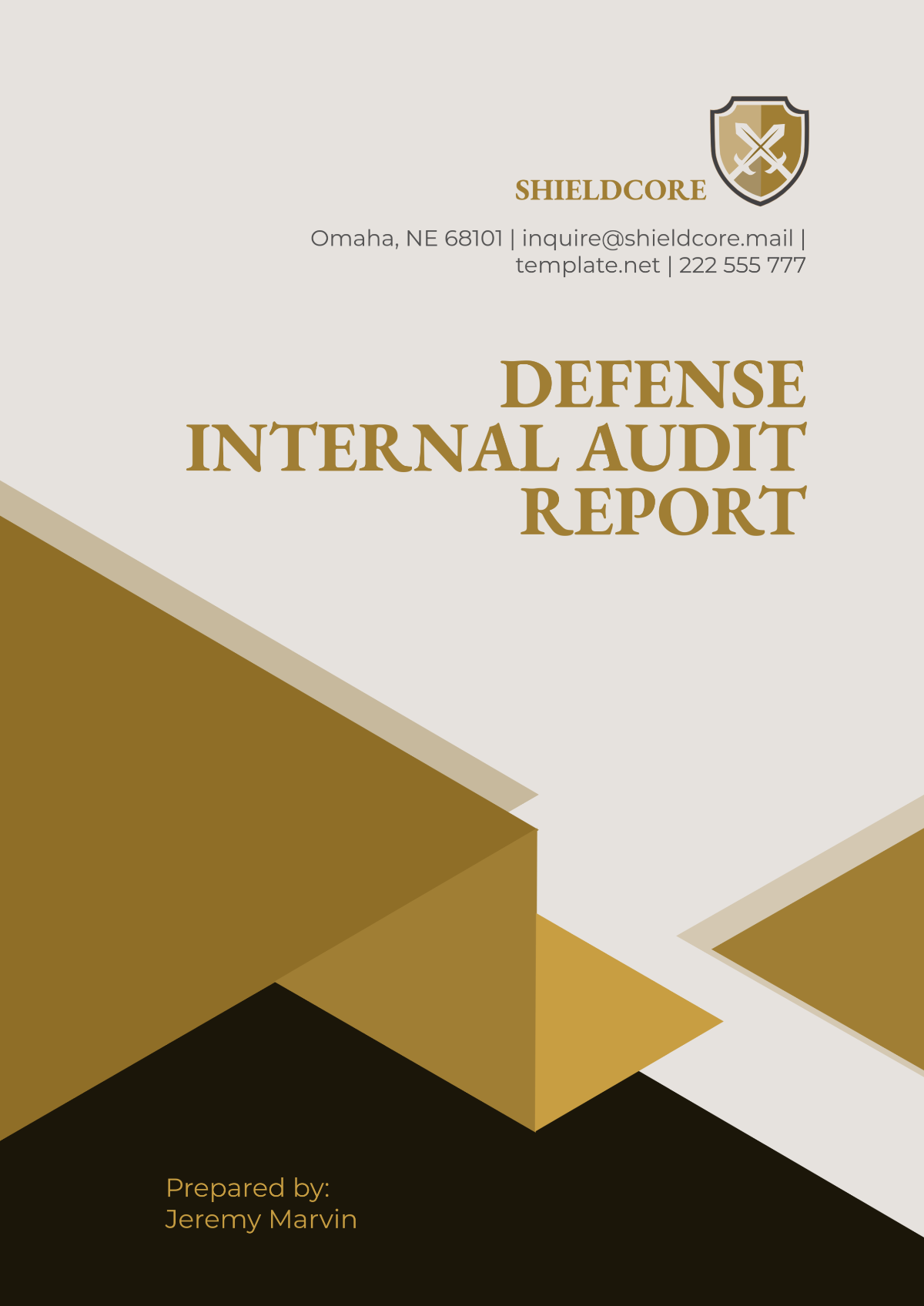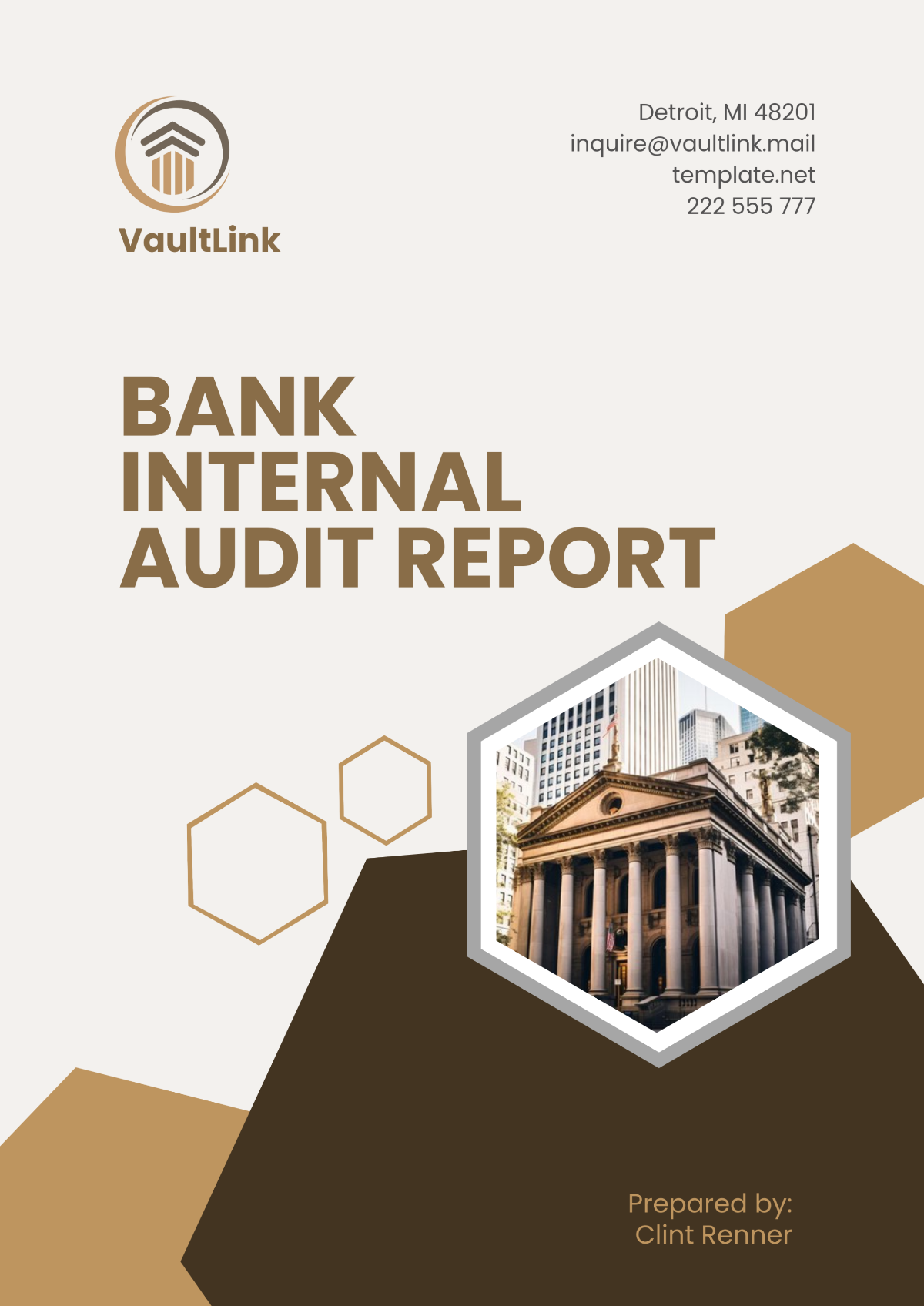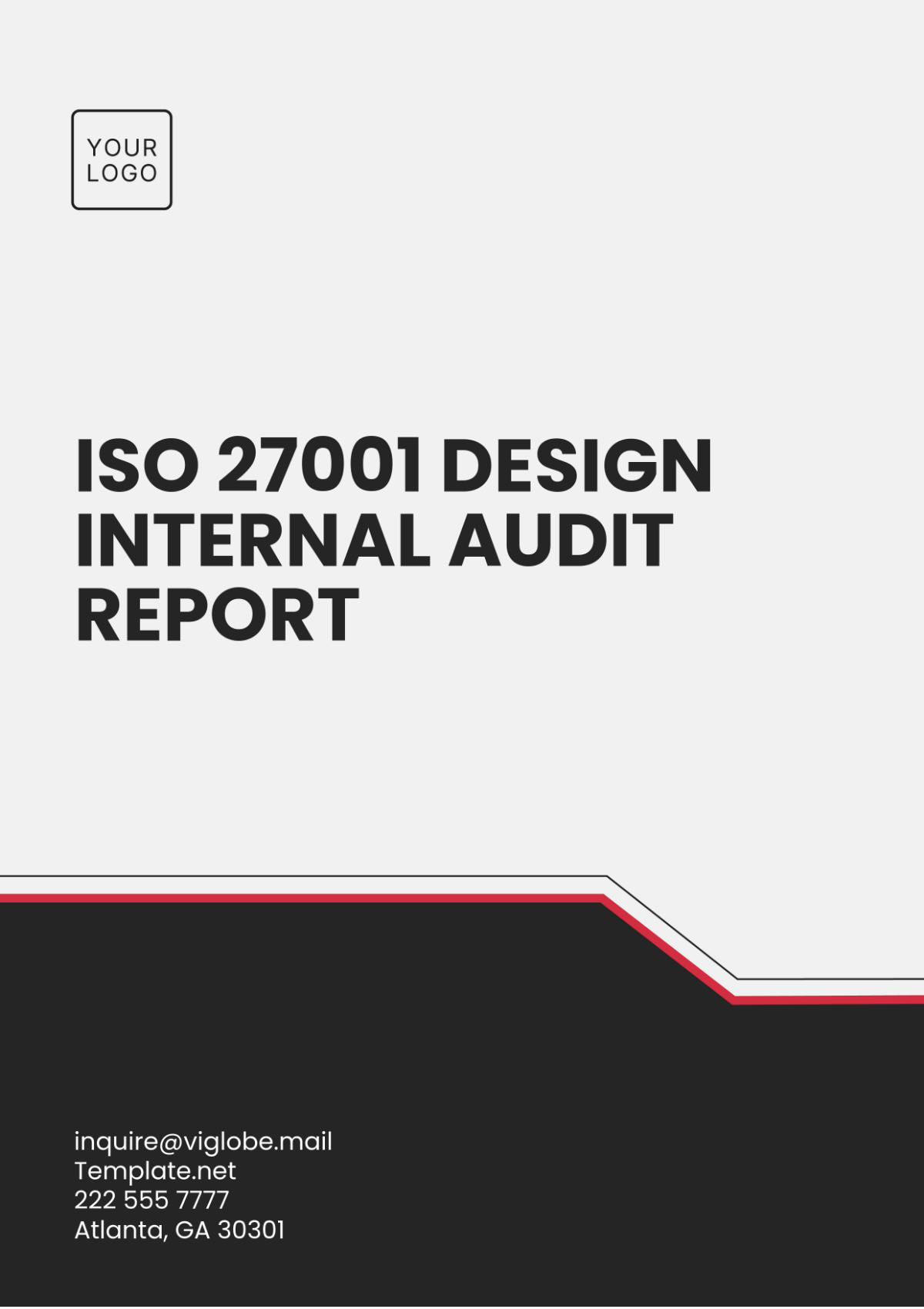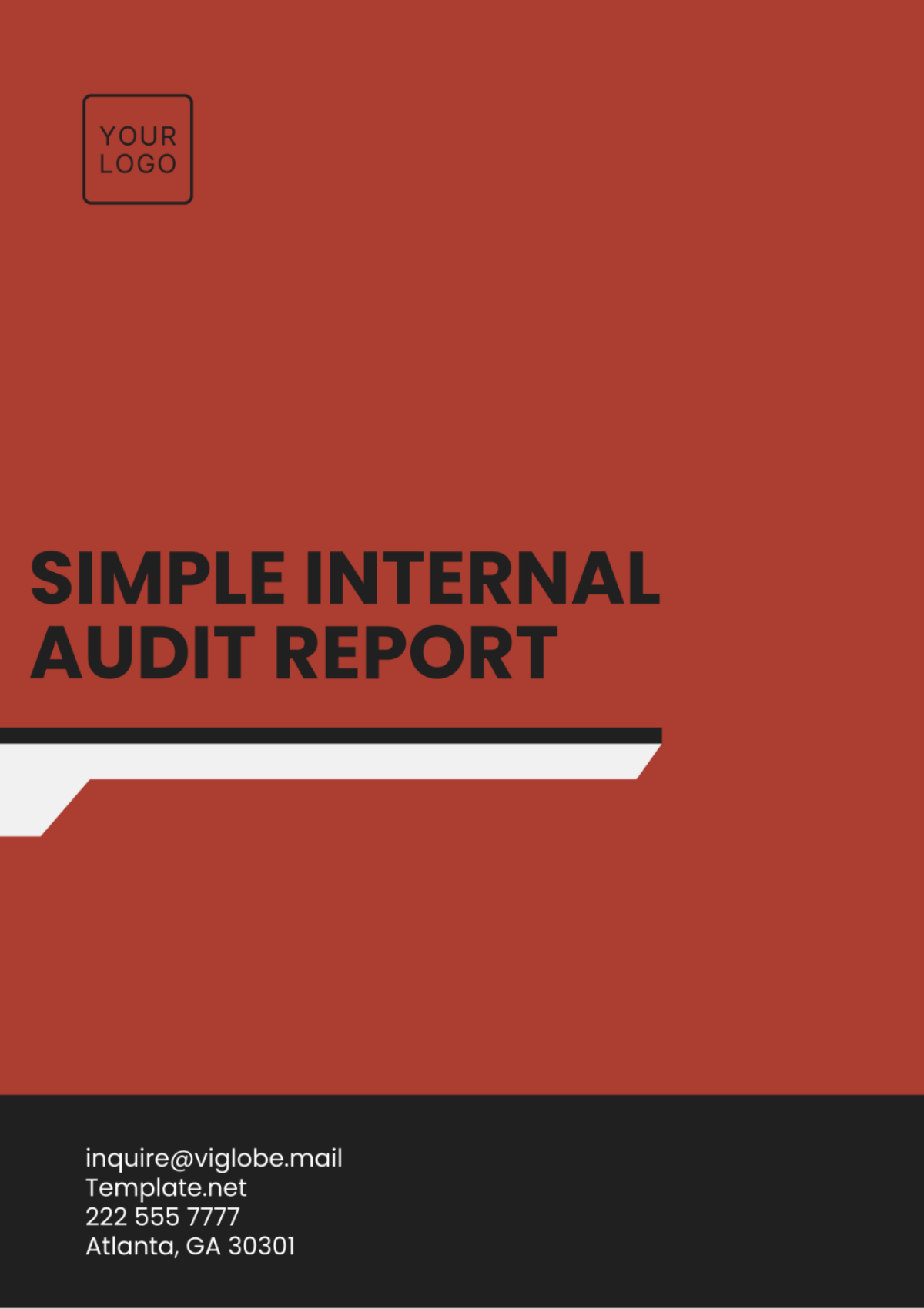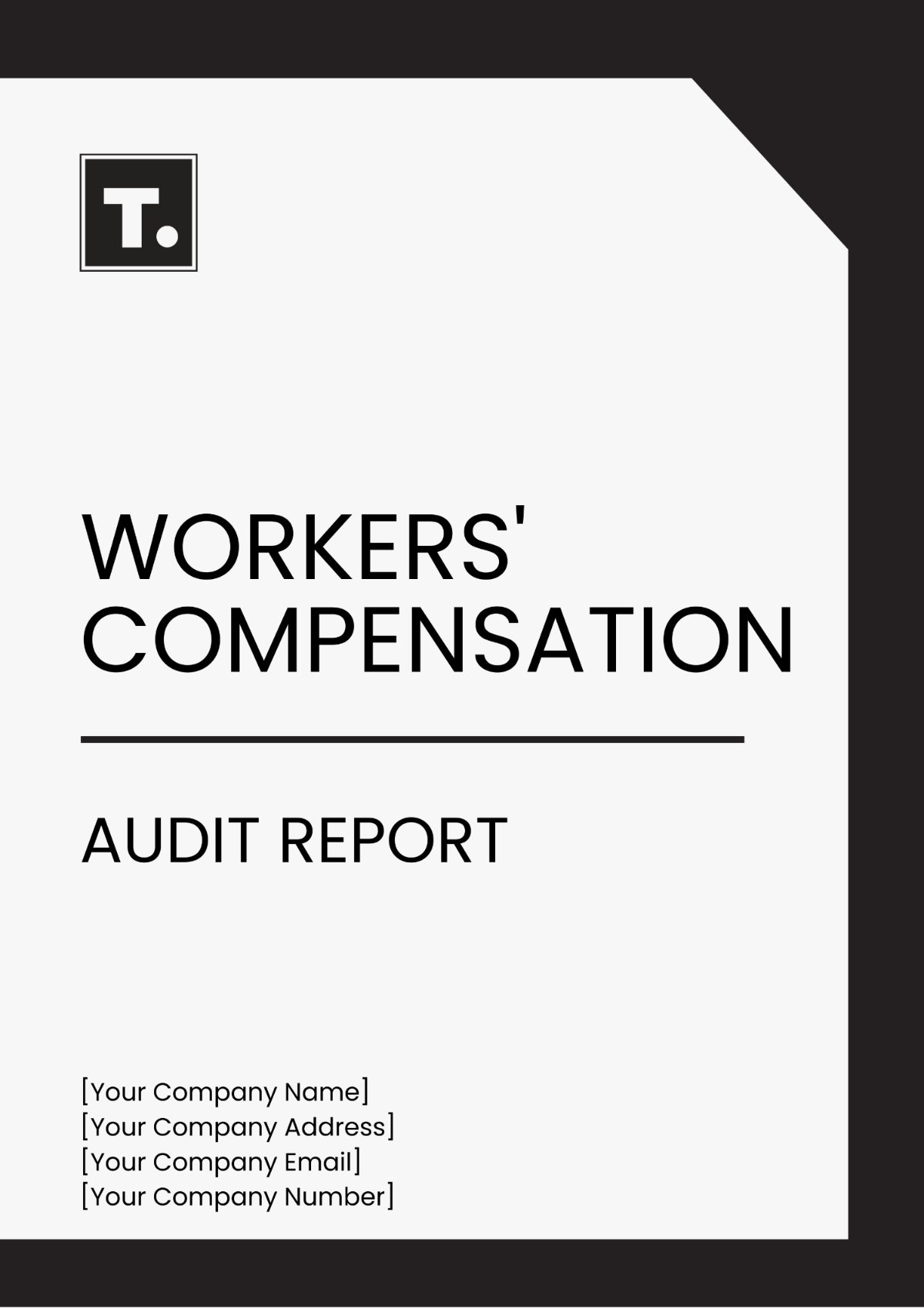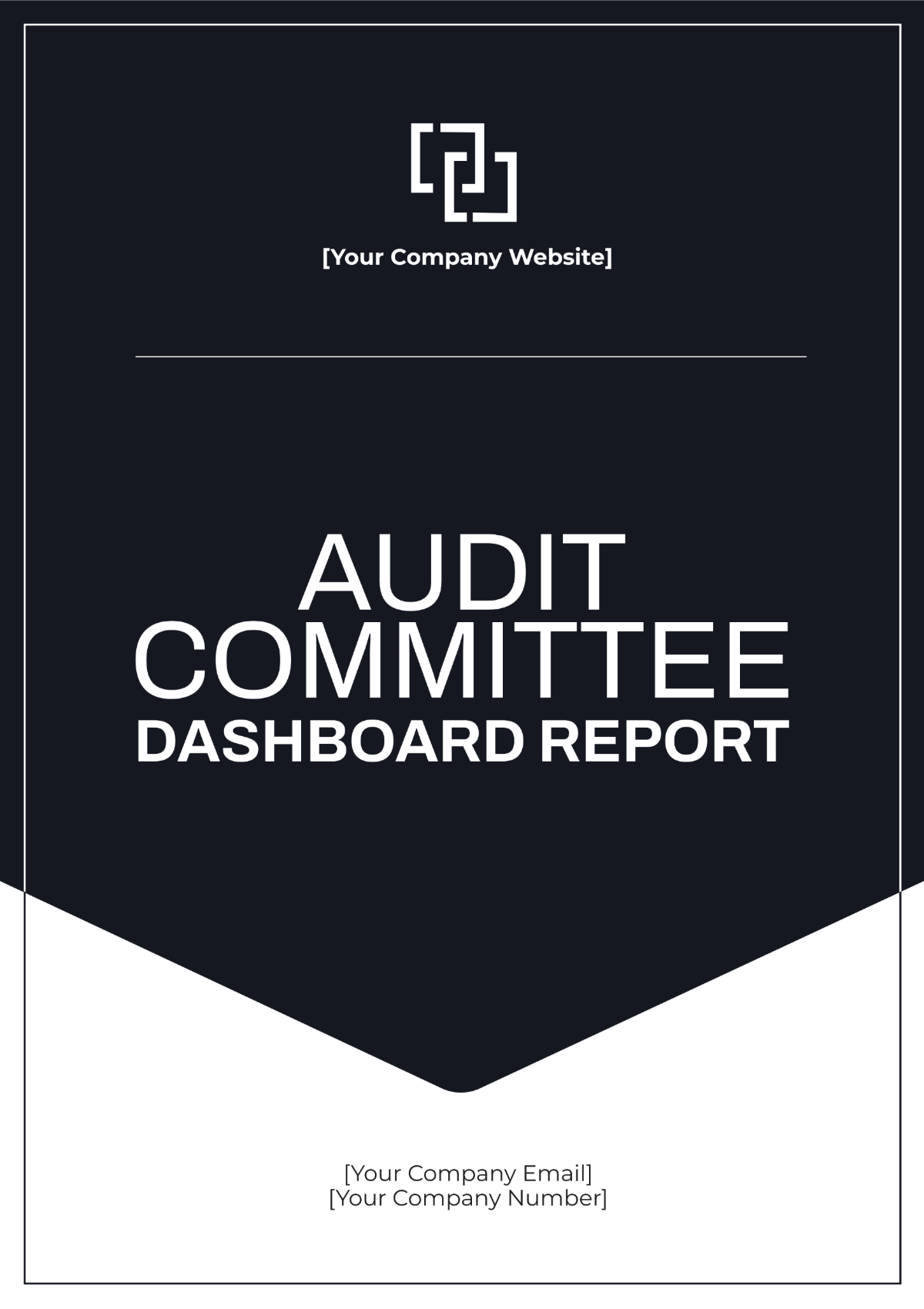Internal Control Audit Report
Auditor: [Your Name]
Date: December 31, 2050
I. Executive Summary
This Internal Control Audit Report has been prepared by [Your Company Name] to assess the effectiveness of internal controls over financial reporting (ICFR) for the fiscal year ending December 31, 2050. The audit aims to evaluate whether the internal controls in place effectively mitigate the risk of material misstatements, ensuring accurate and reliable financial reporting.
II. Introduction
The primary goal of this audit is to determine the effectiveness of [Your Company Name]'s internal controls over financial reporting and assess their ability to prevent, detect, and correct material misstatements.
This report provides:
An evaluation of the effectiveness of current internal controls
A summary of identified deficiencies
Actionable recommendations for improvement
III. Scope of the Audit
A. Audit Period:
January 1, 2050 - December 31, 2050
B. Key Audit Areas:
Revenue Recognition: Ensuring accurate and timely reporting of revenues.
Expense Recording: Verification of proper classification and documentation of expenses.
Asset Management: Safeguarding and recording of assets.
Liability Recording: Proper documentation and reporting of liabilities.
Regulatory Compliance: Adherence to applicable laws and regulations.
IV. Methodology
Our audit was conducted using a comprehensive, multi-step approach to evaluate both the design and operating effectiveness of internal controls:
Document Review: Examination of financial statements and relevant documentation.
Personnel Interviews: Discussions with key staff members to understand processes and control procedures.
Control Testing: Sampling and testing of key internal controls to verify their operational effectiveness.
Risk Assessment: Evaluation of the control environment and the organization’s risk assessment process.
V. Findings
A. Strengths:
Robust Internal Control Framework: A well-established framework that supports compliance and reliable financial reporting.
Board Oversight: Active involvement and oversight by the Board of Directors, ensuring accountability.
Documented Policies: Clear, formalized policies and procedures that guide financial processes.
B. Deficiencies:
Inadequate Segregation of Duties: Certain roles lack sufficient separation of responsibilities, increasing the risk of fraud.
IT Control Weaknesses: The IT environment lacks regular audits and updates, which may expose the system to vulnerabilities.
Insufficient Expense Documentation: Certain financial transactions lack complete supporting documentation, affecting transparency.
VI. Recommendations
To address the identified deficiencies and strengthen the internal control environment, we recommend the following:
Enhance Segregation of Duties: Implement tighter segregation of responsibilities to mitigate the risk of errors or fraud.
Strengthen IT Controls: Conduct regular IT audits and updates to ensure system integrity and data security.
Improve Documentation Practices: Establish stricter documentation protocols for all financial transactions to ensure compliance and auditability.
VII. Conclusion
Overall, [Your Company Name] has a solid internal control system in place. However, addressing the identified areas of improvement will further bolster the organization’s ability to prevent material misstatements and enhance overall financial transparency. Implementing the recommended changes will significantly reduce risk and promote a stronger control environment.
For additional information or questions regarding this report, please contact [Your Name] at [Your Email].
